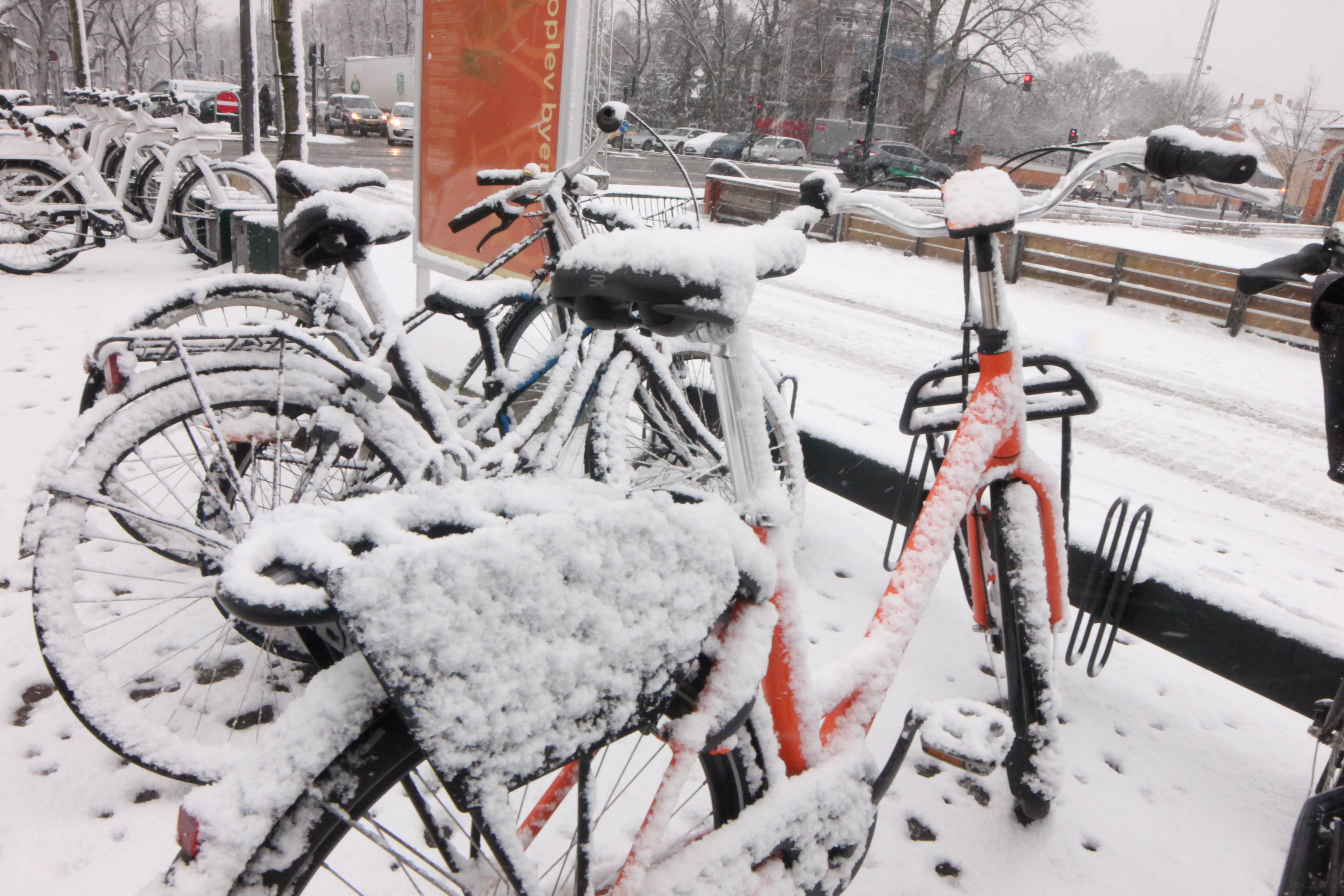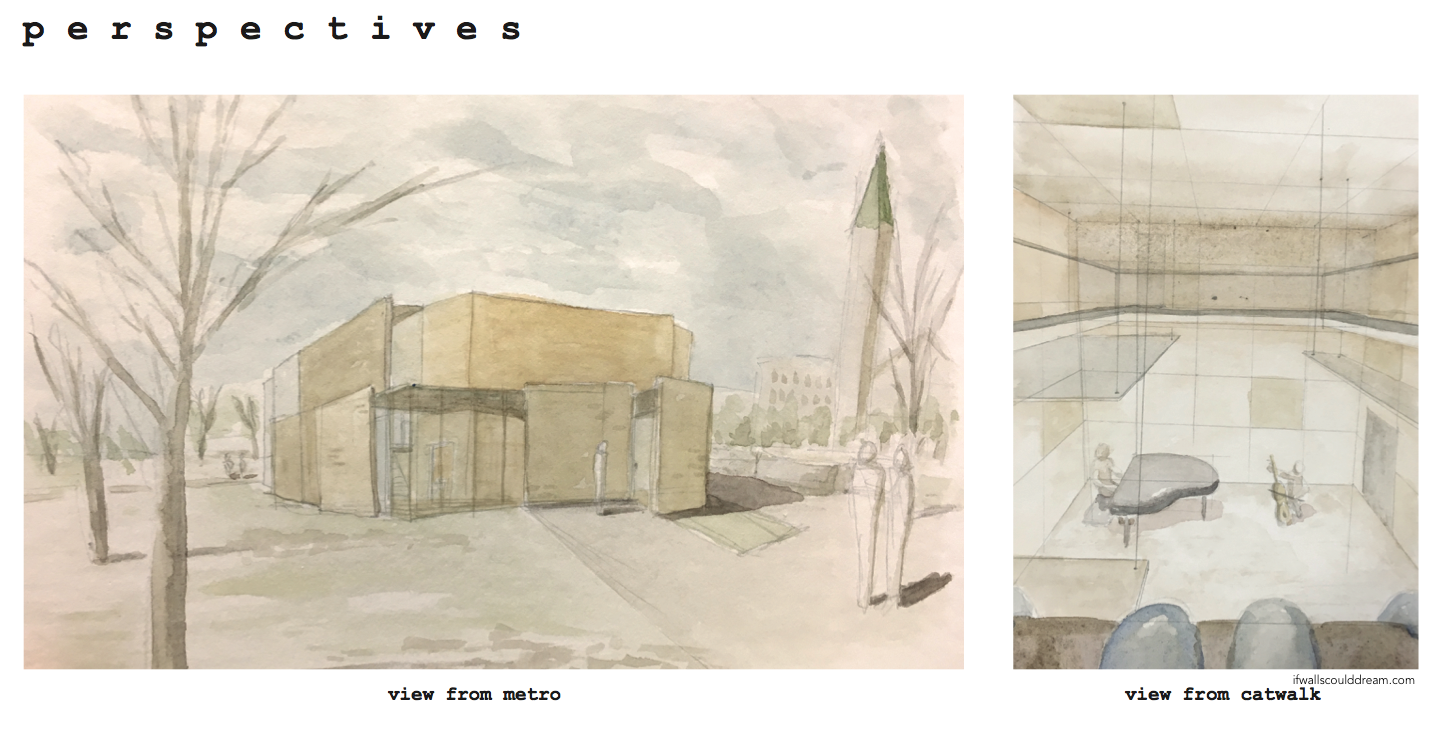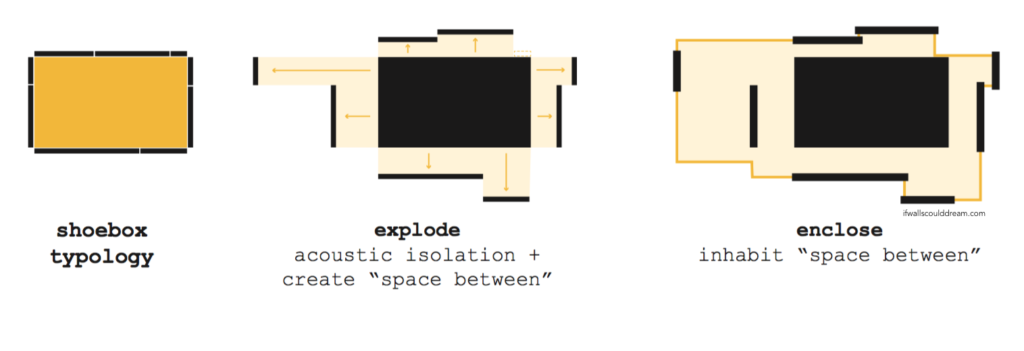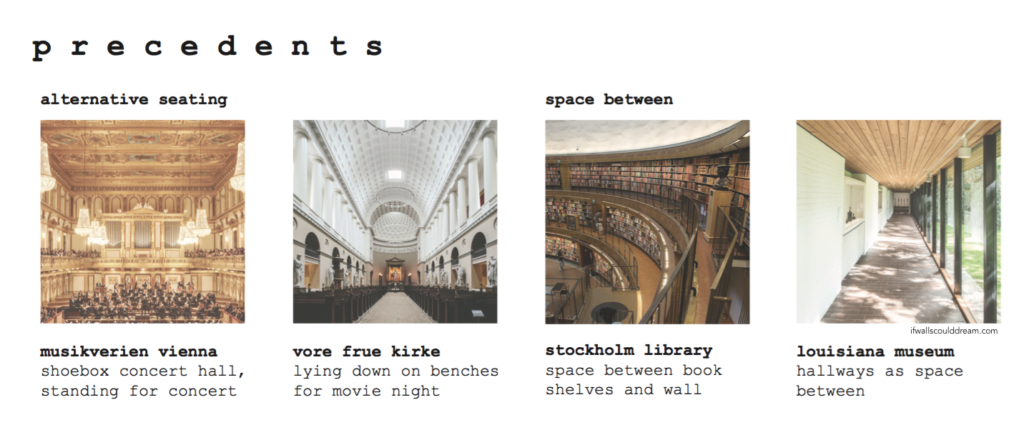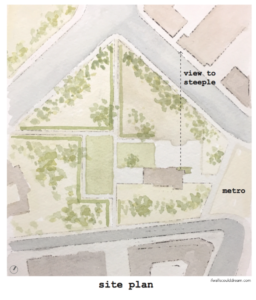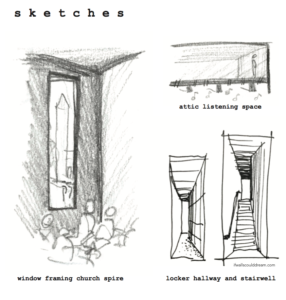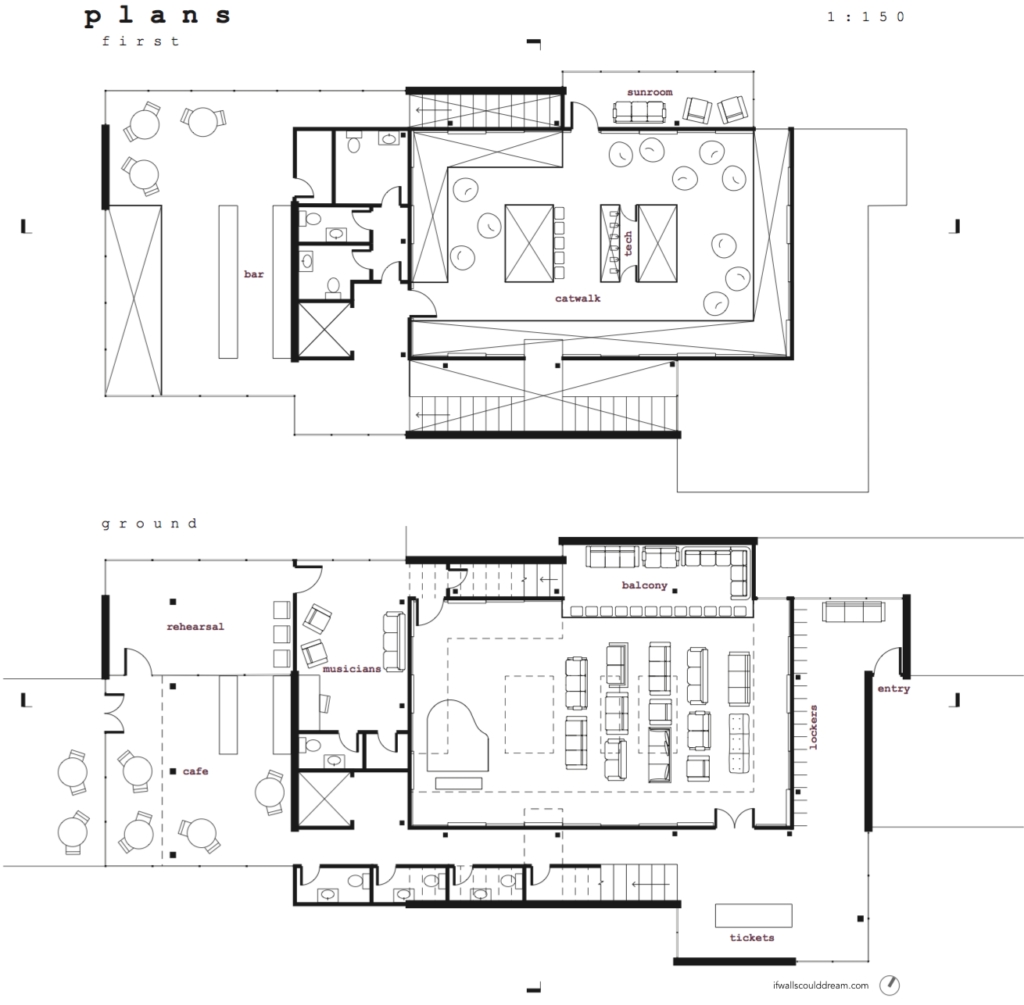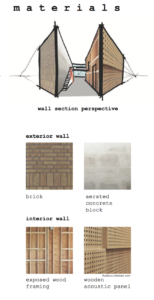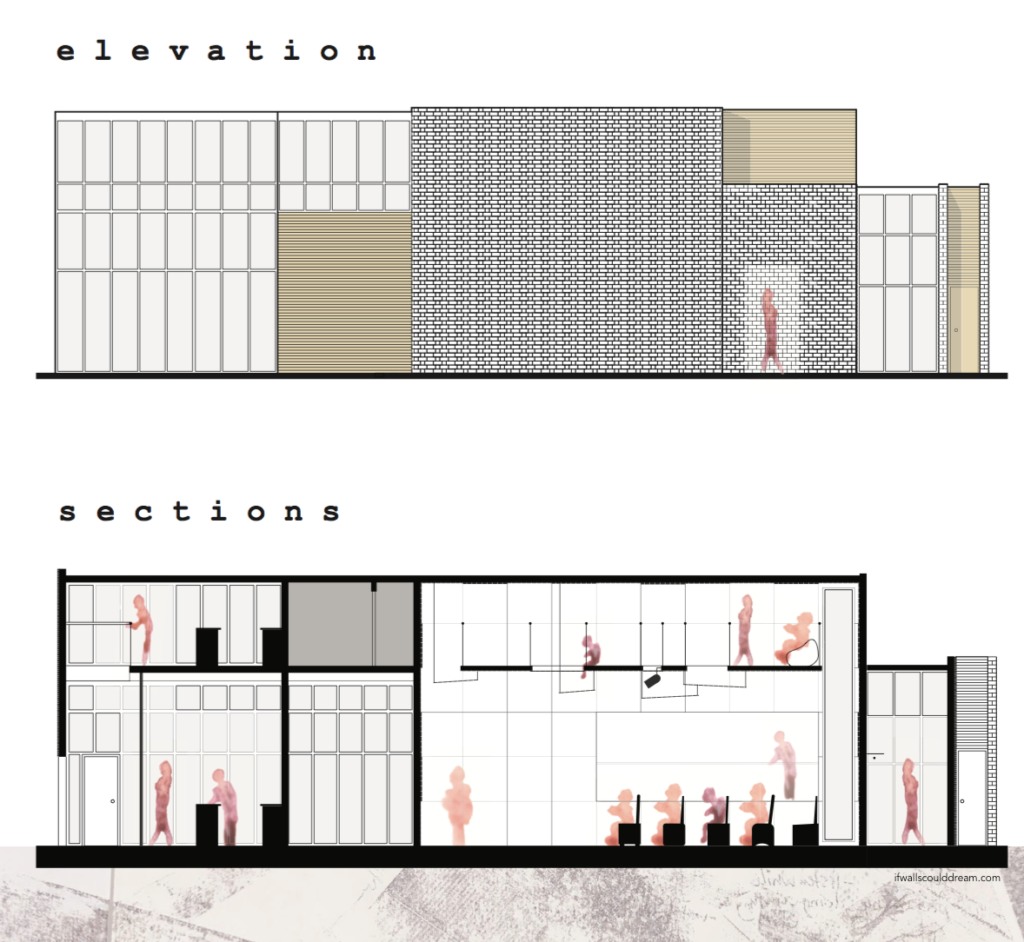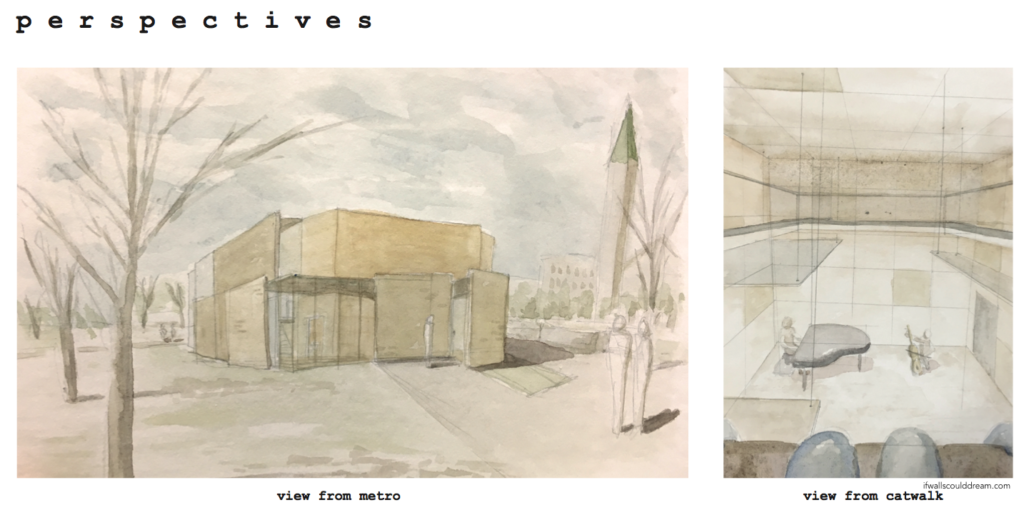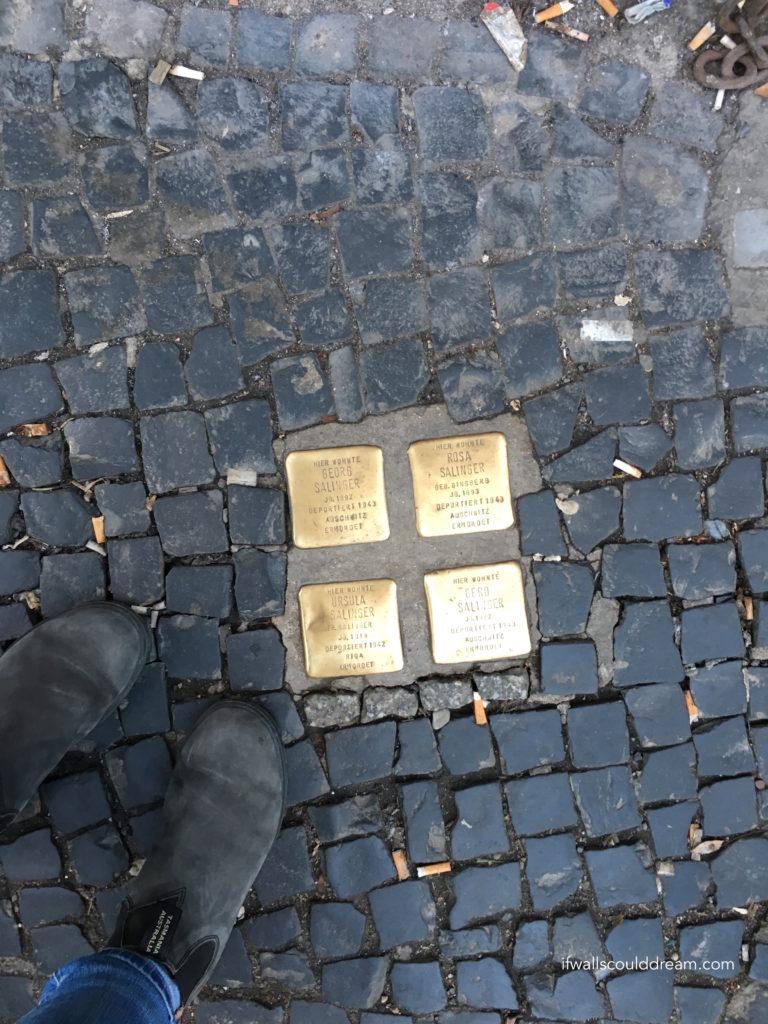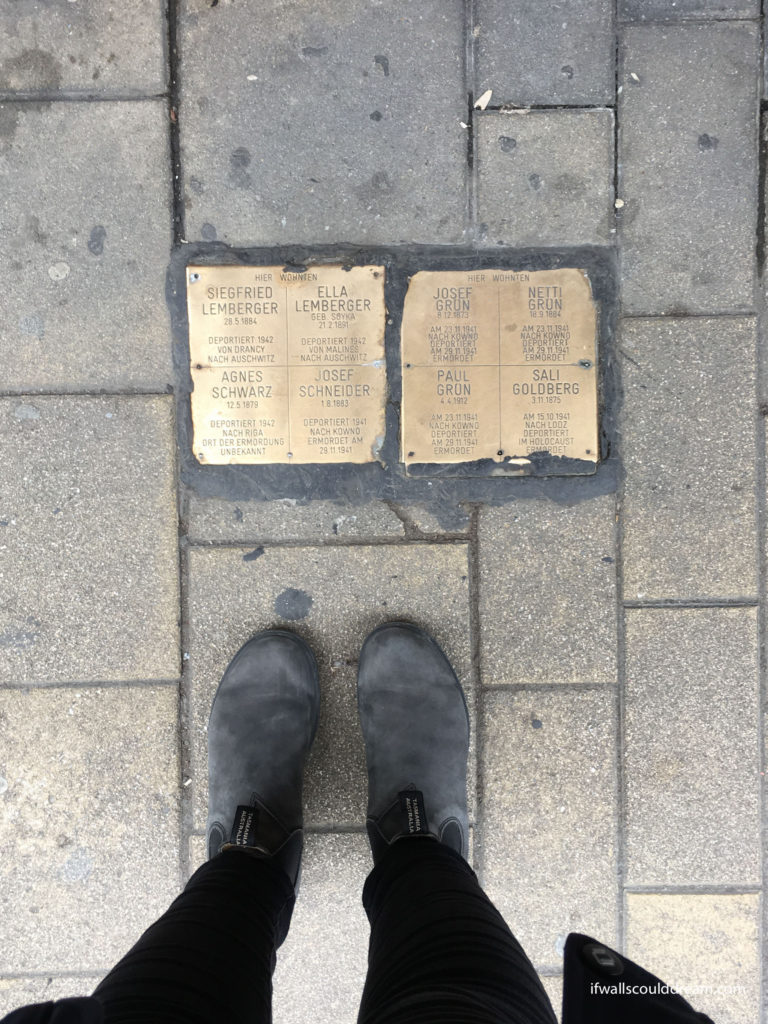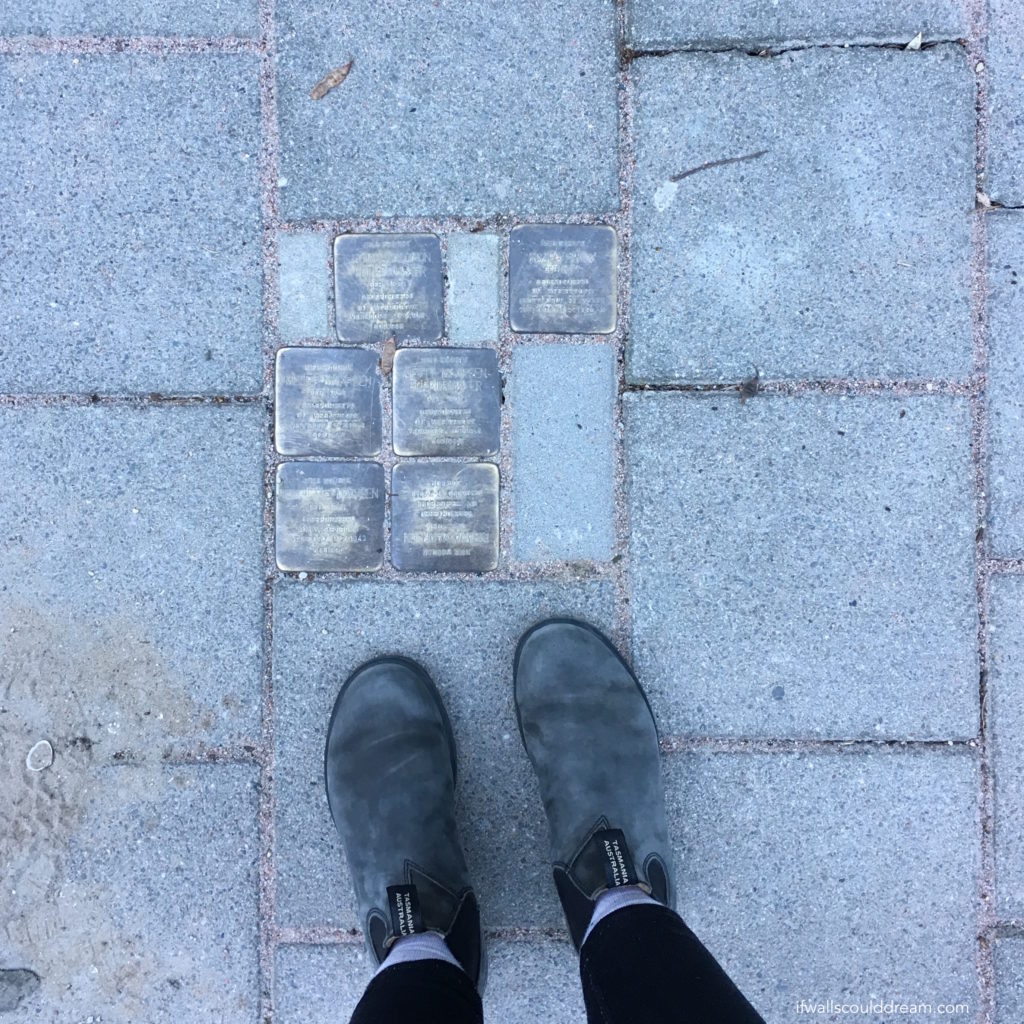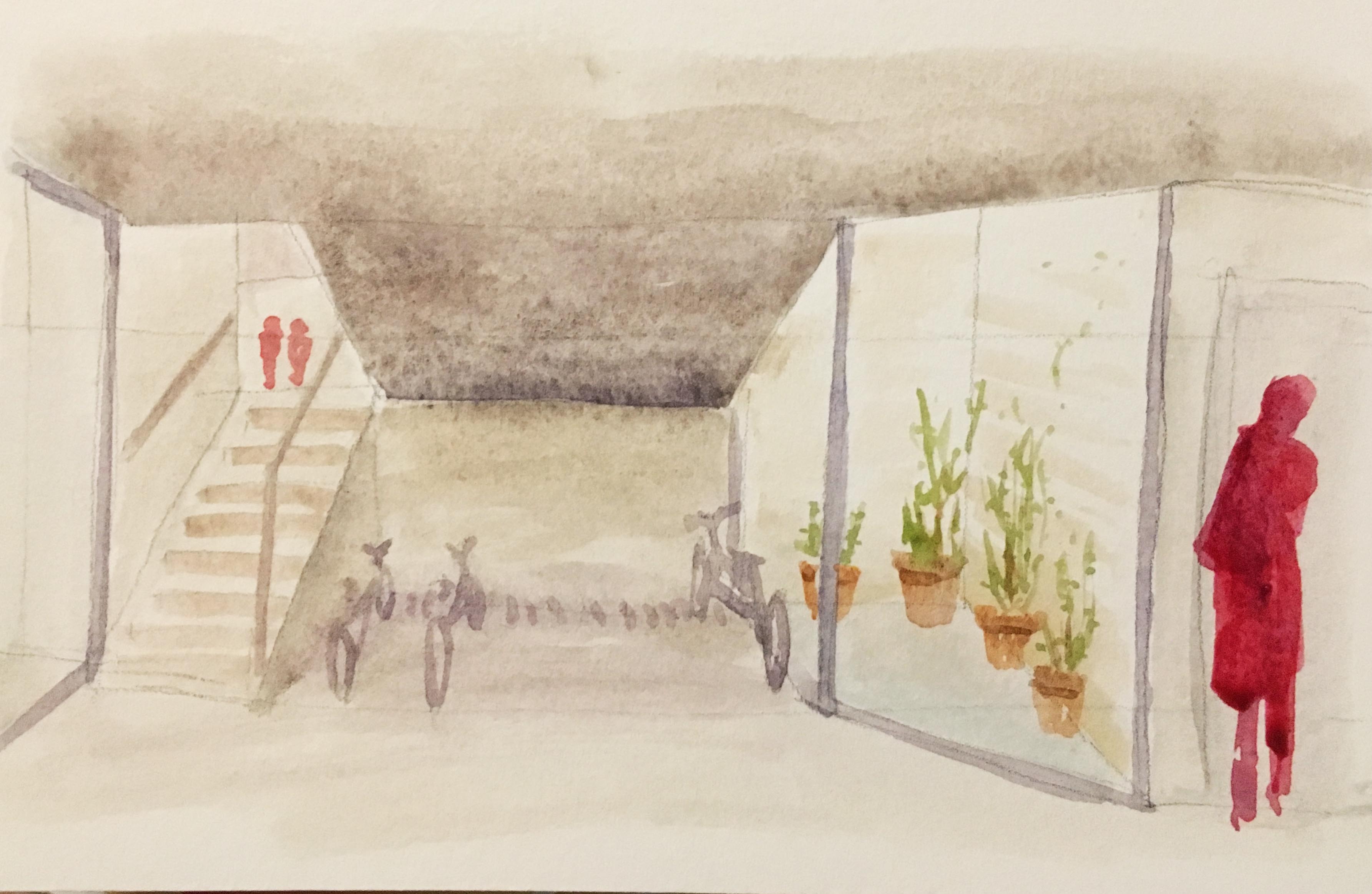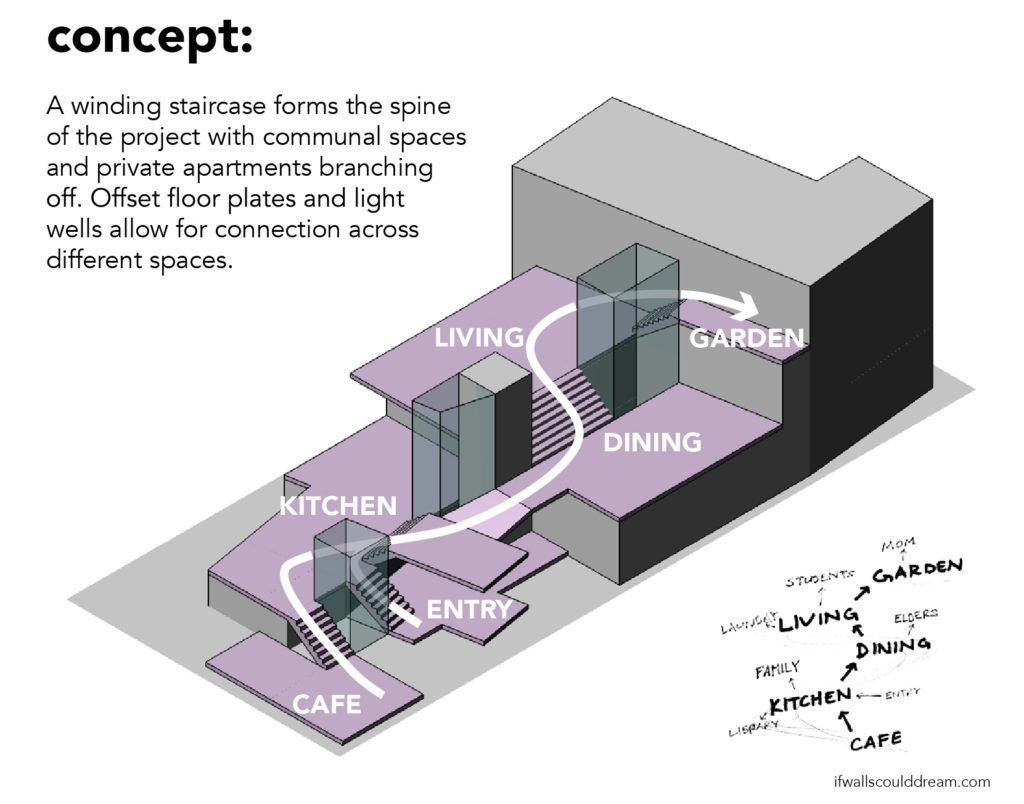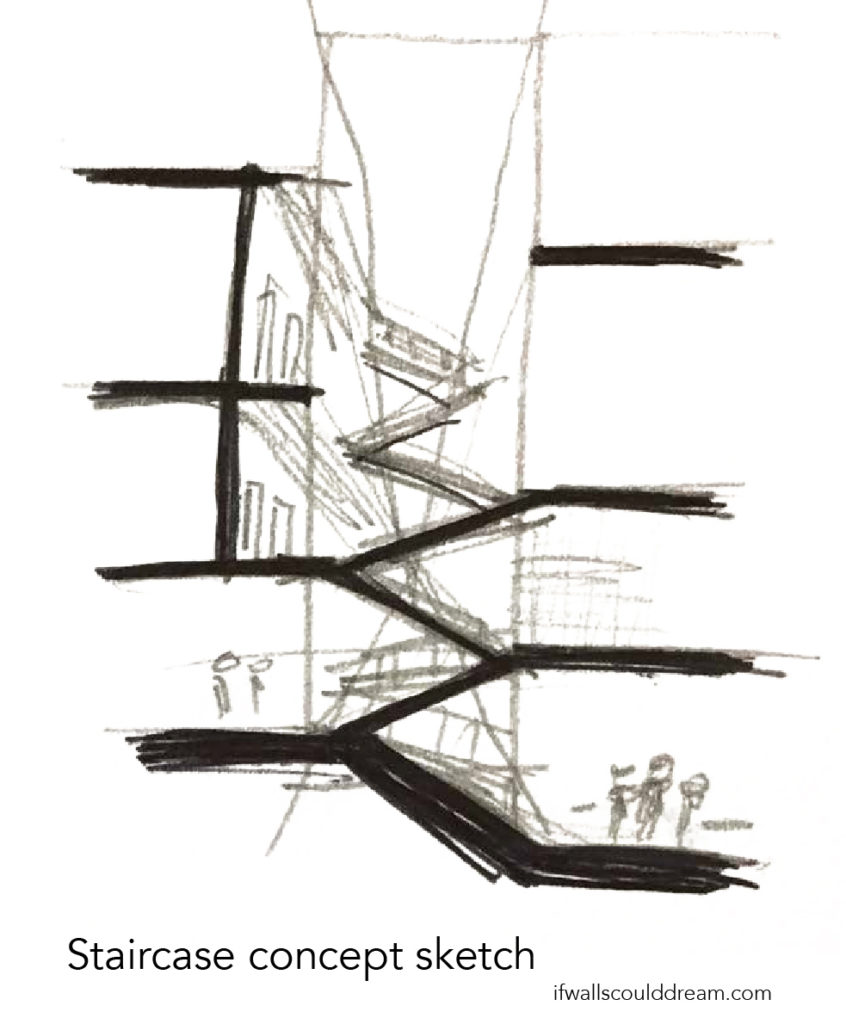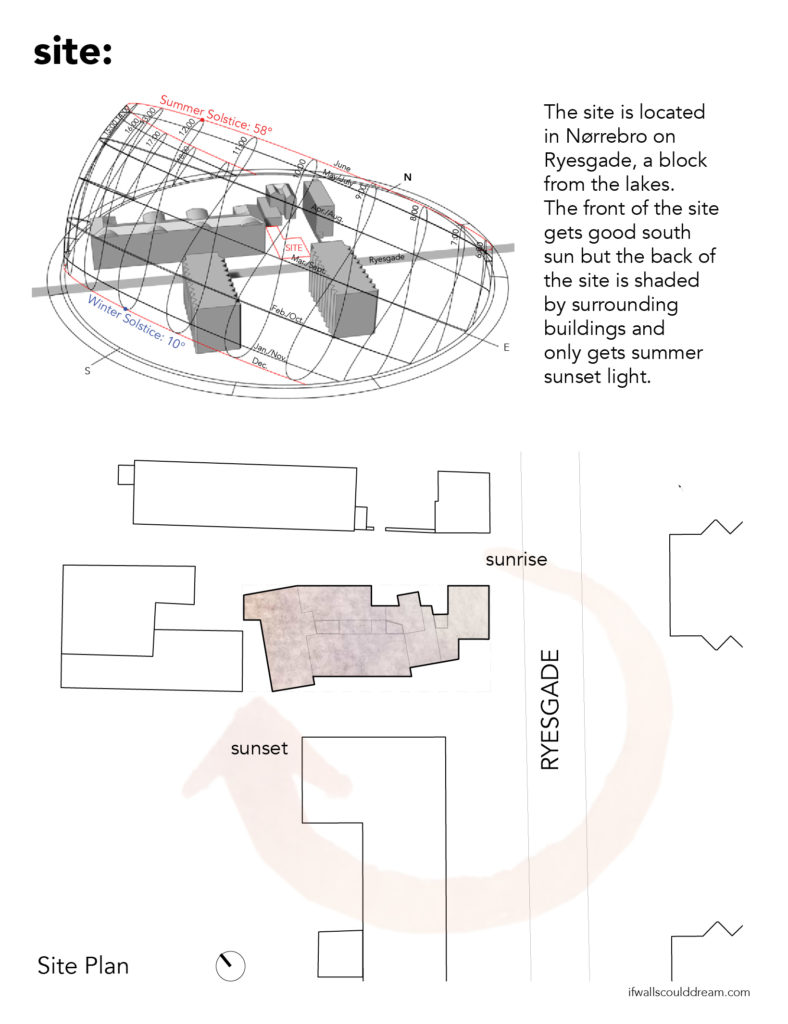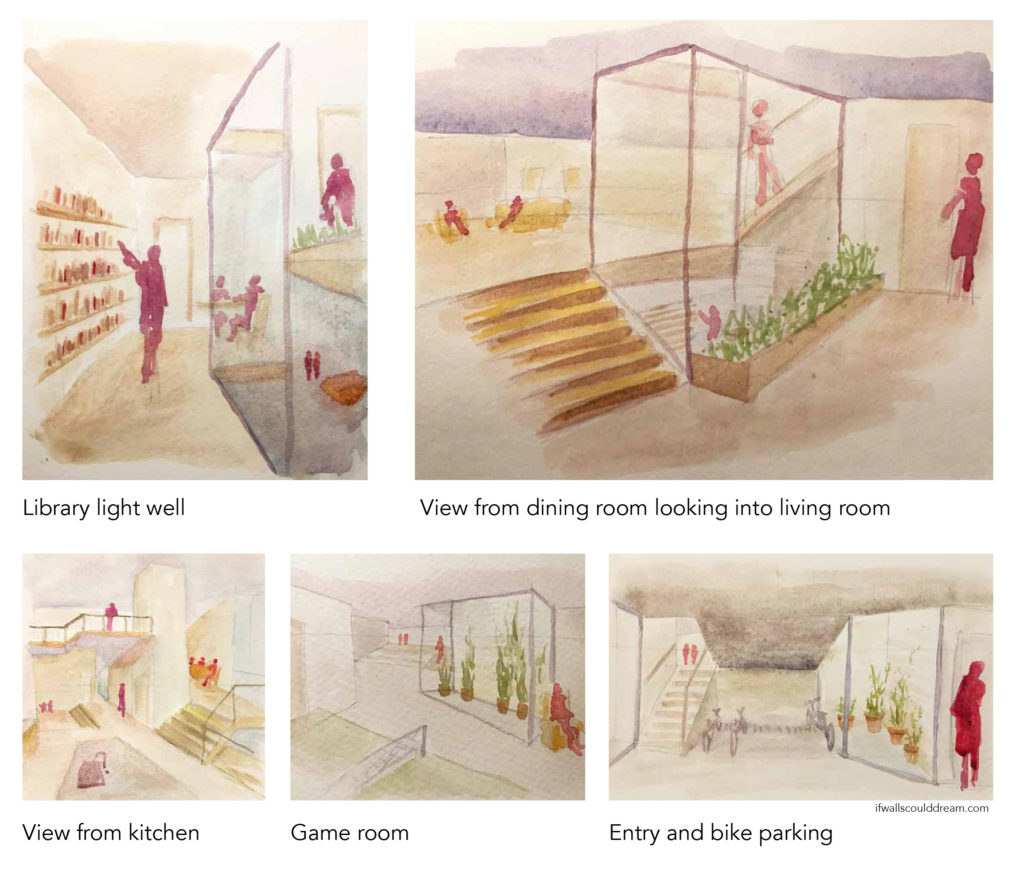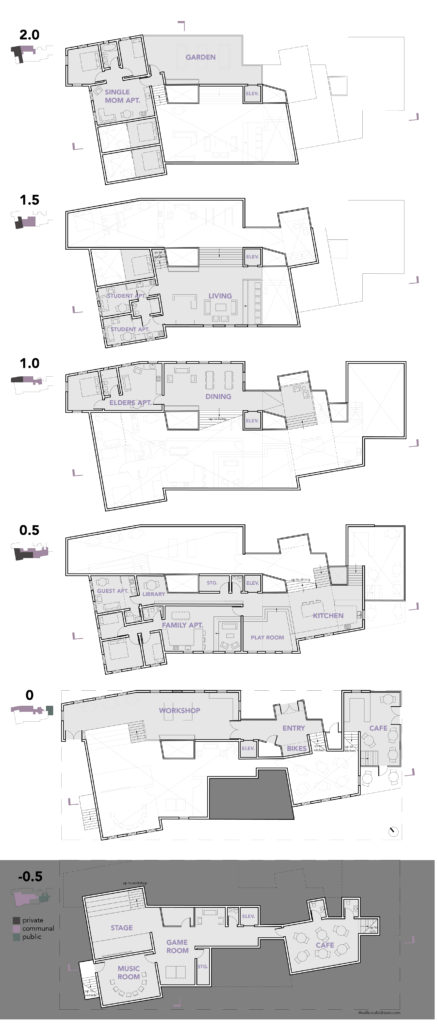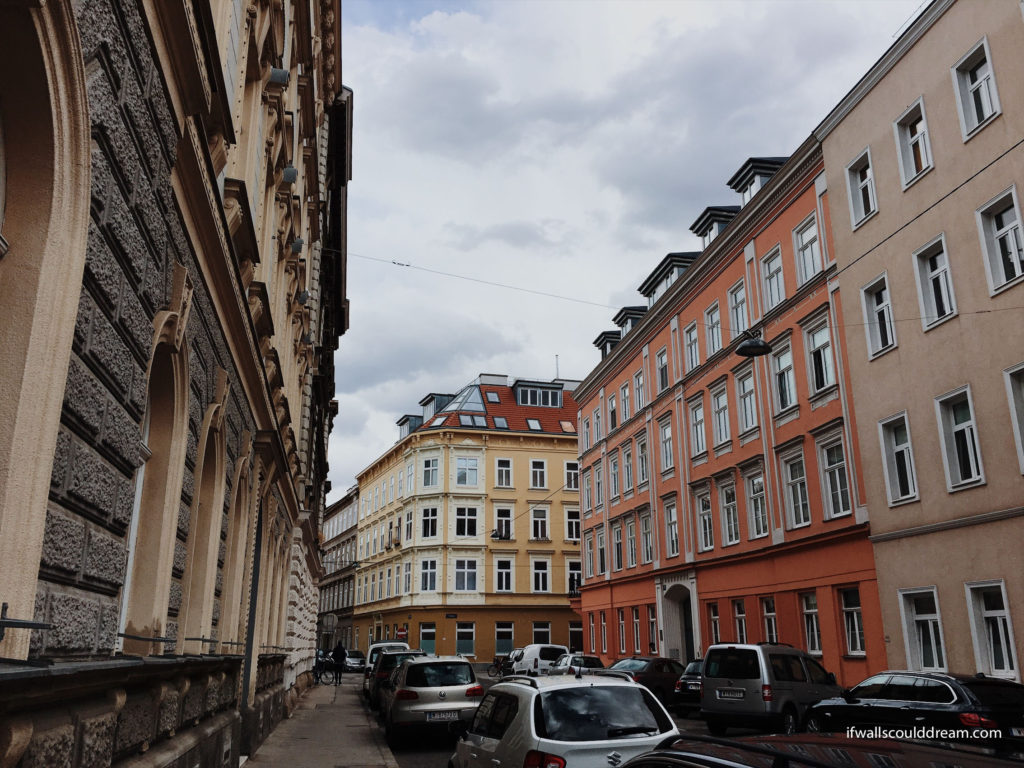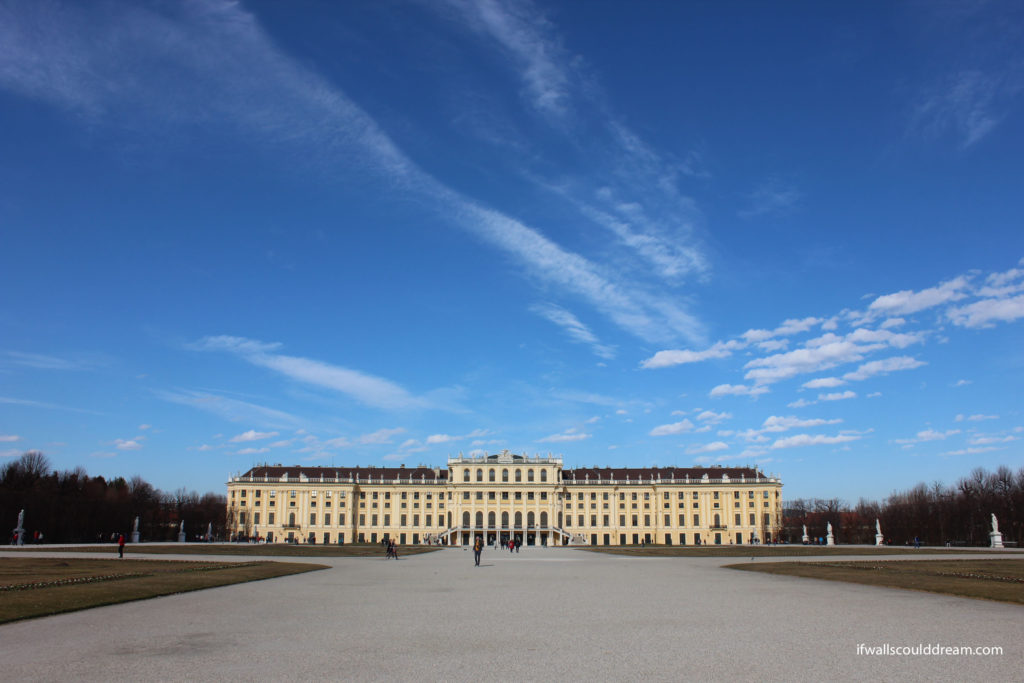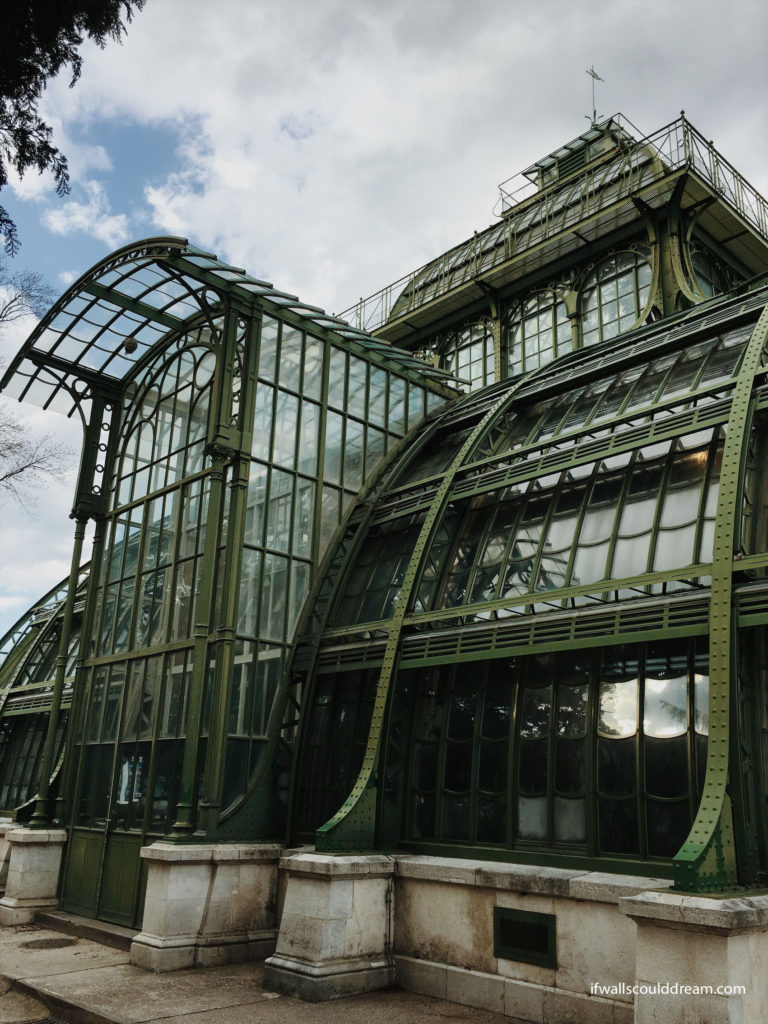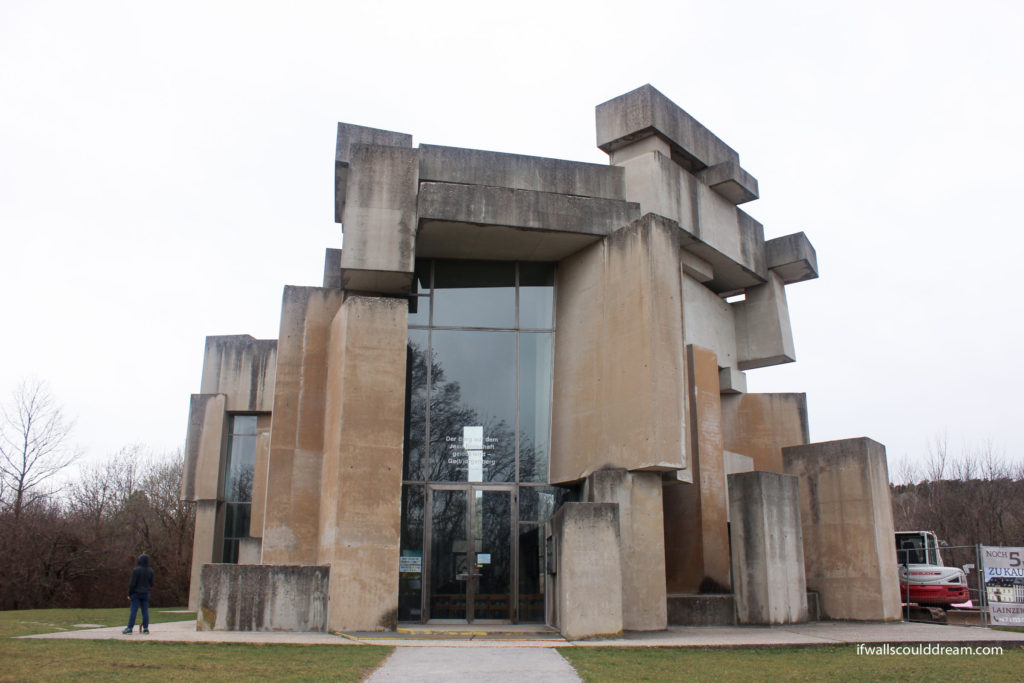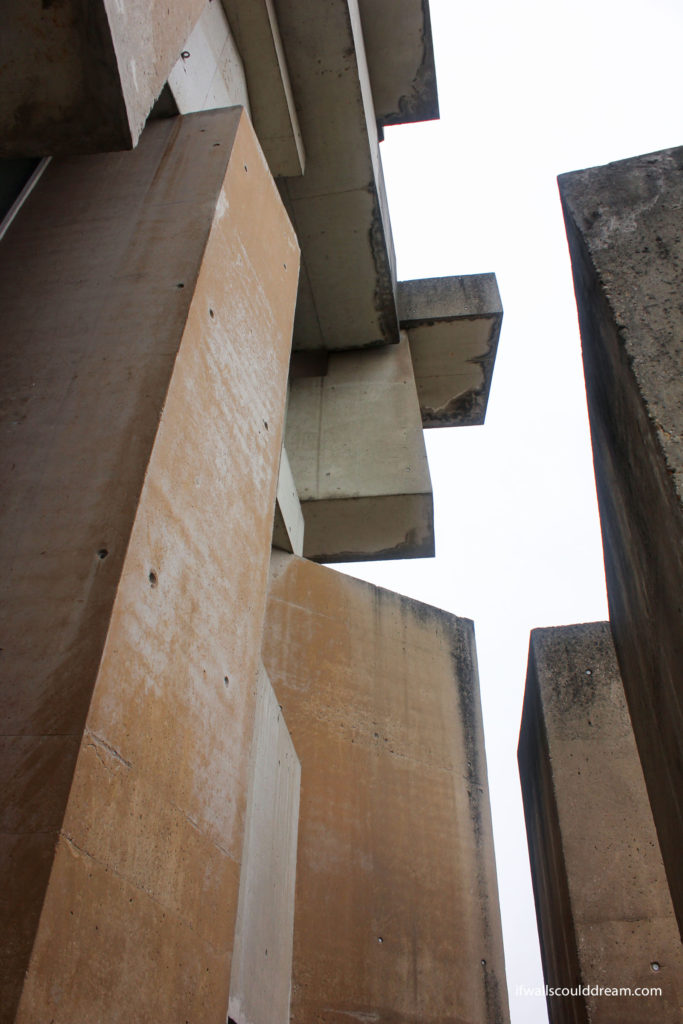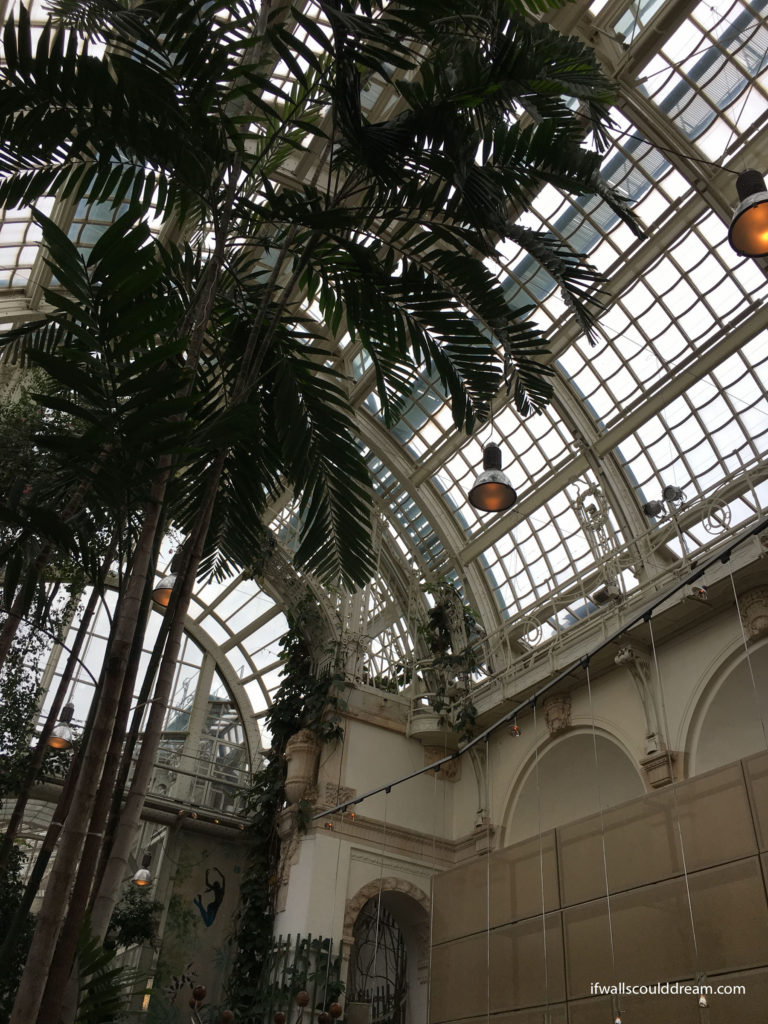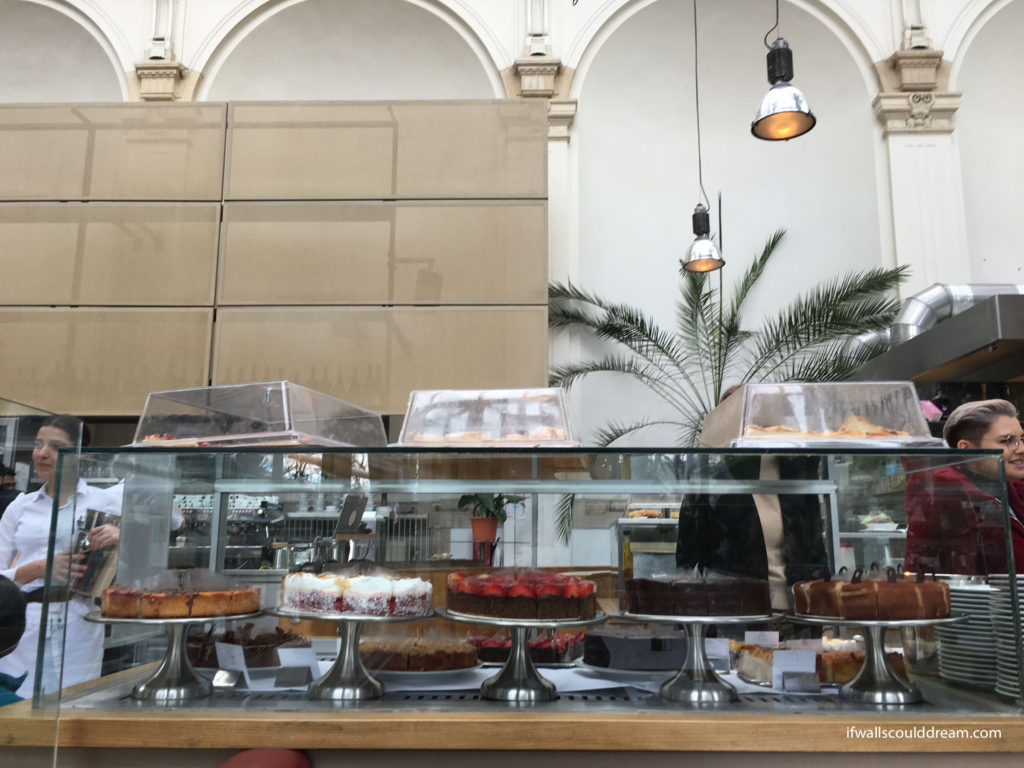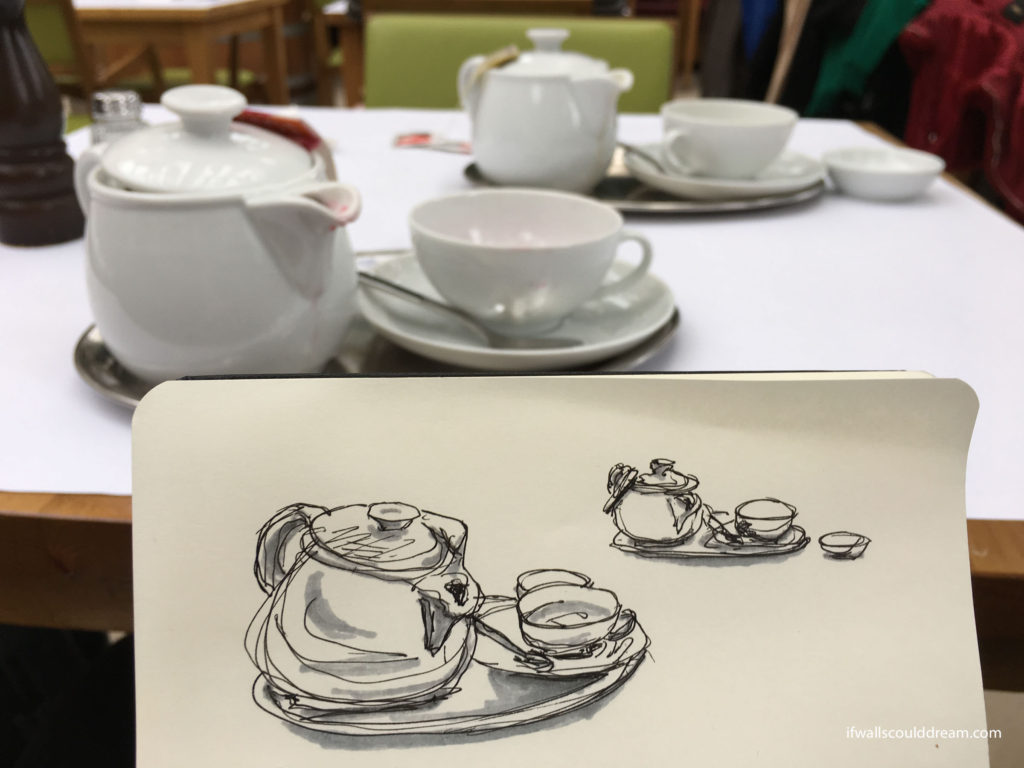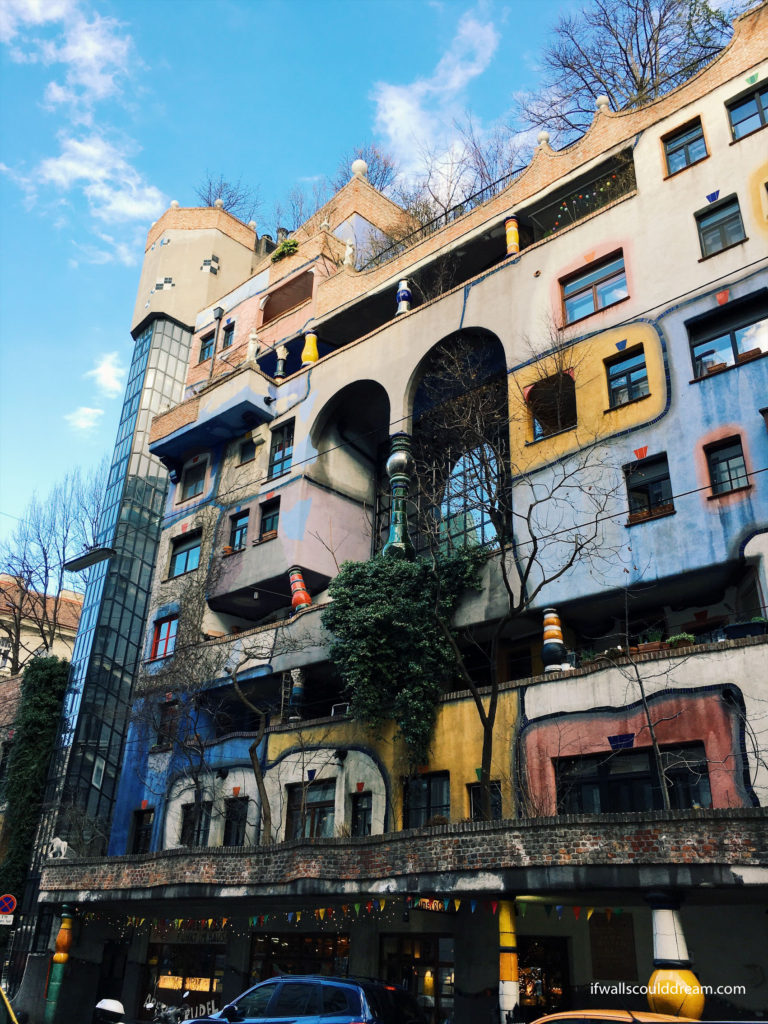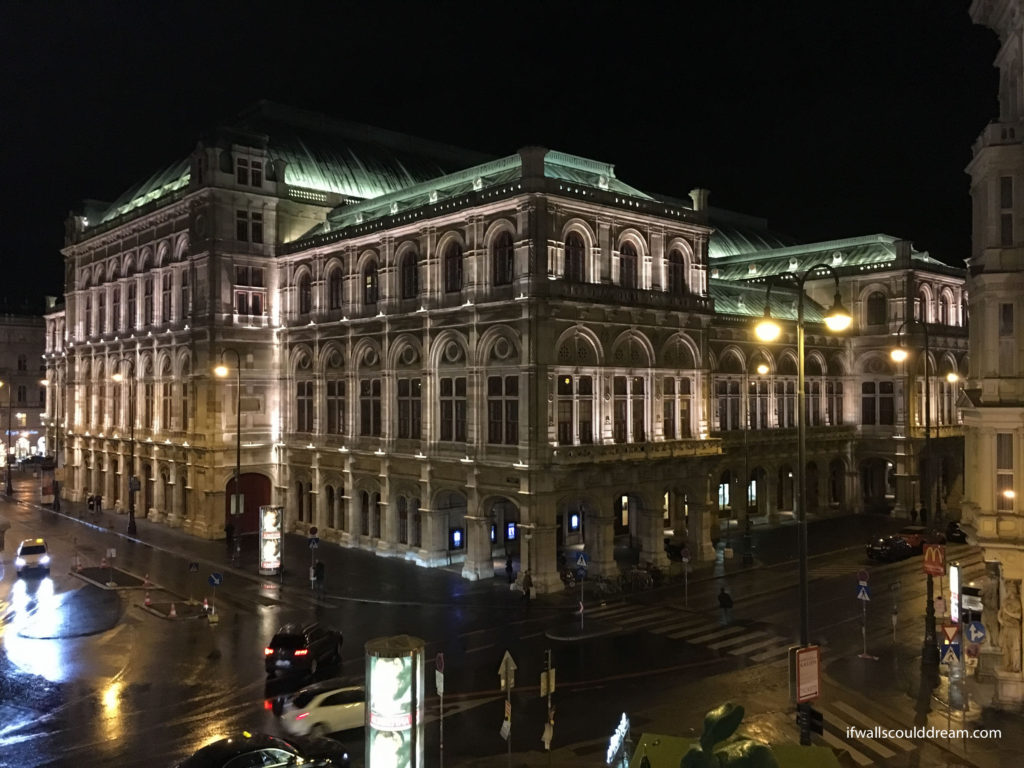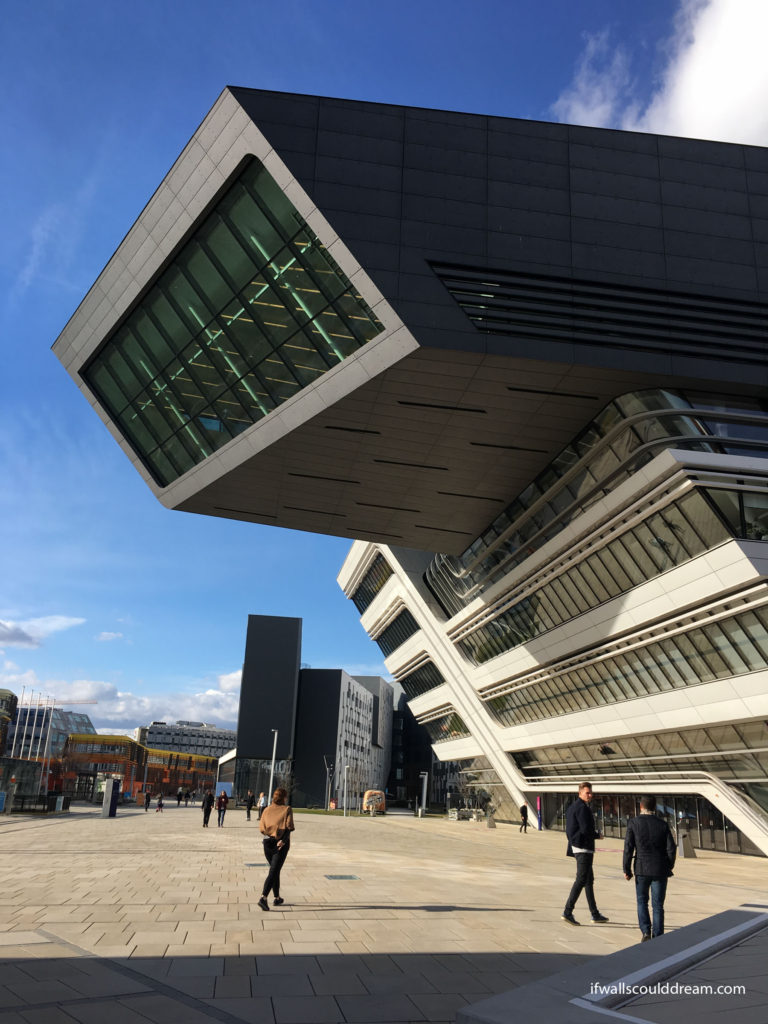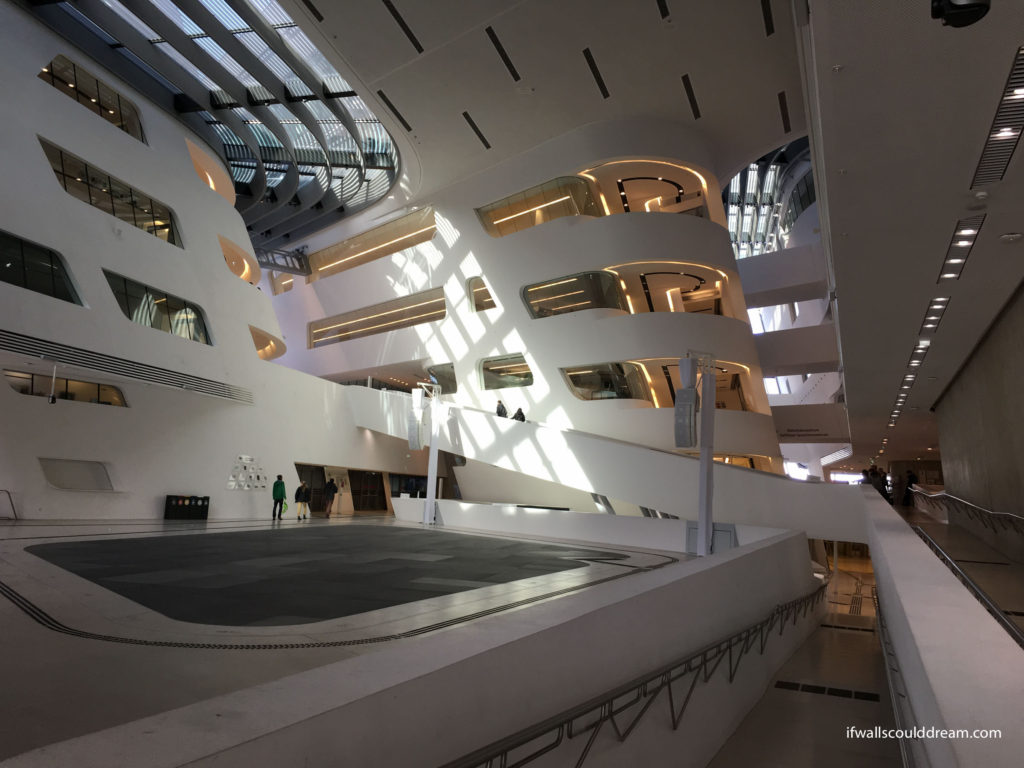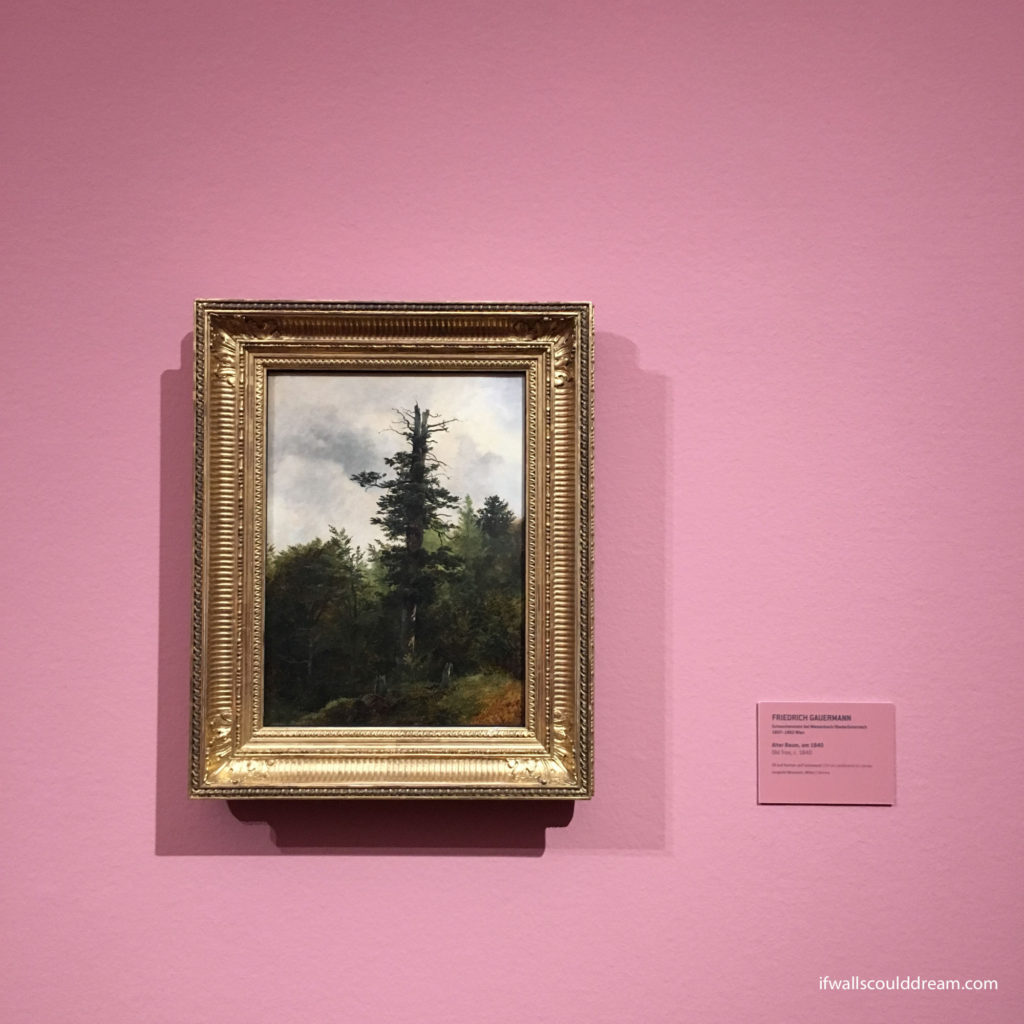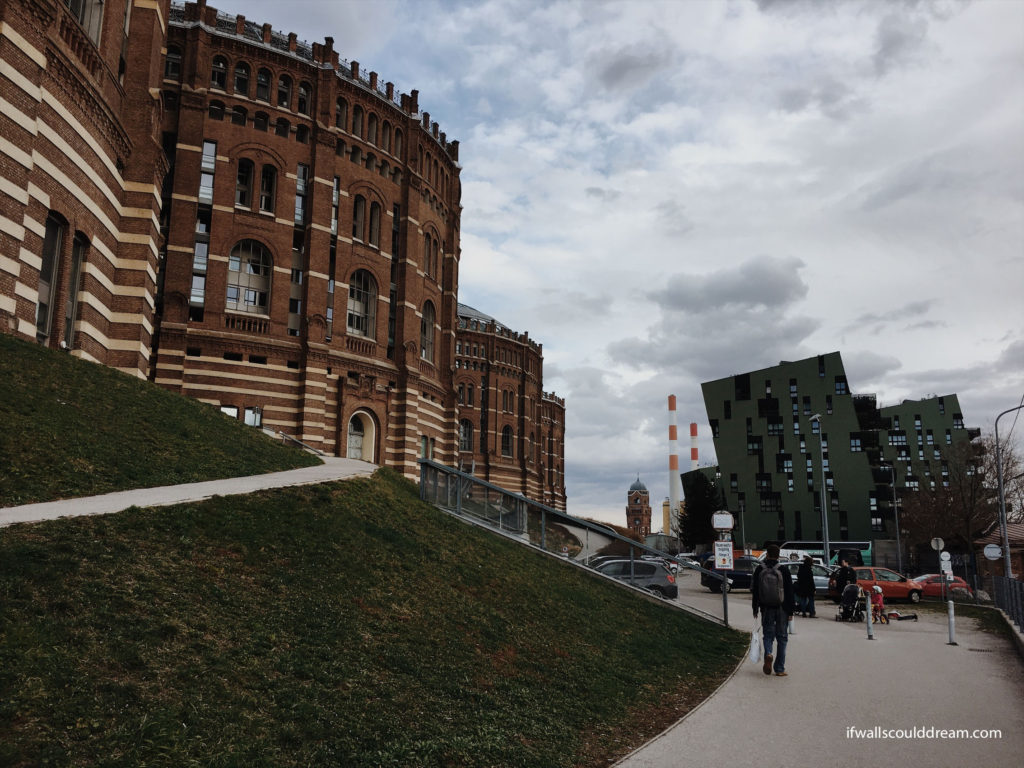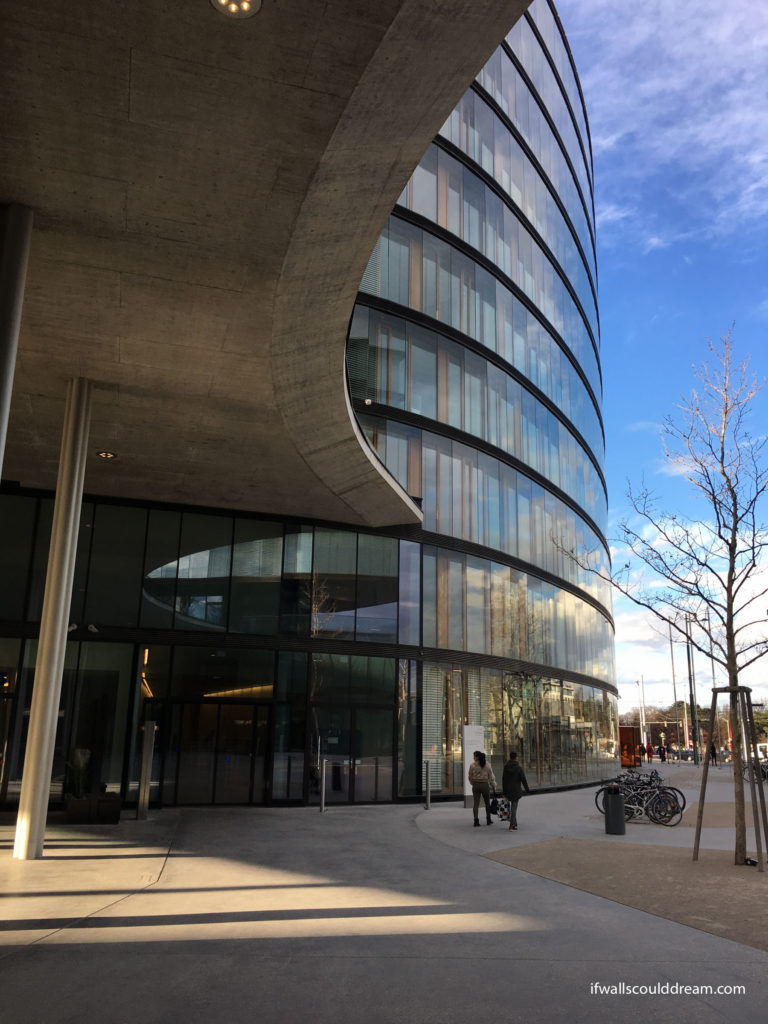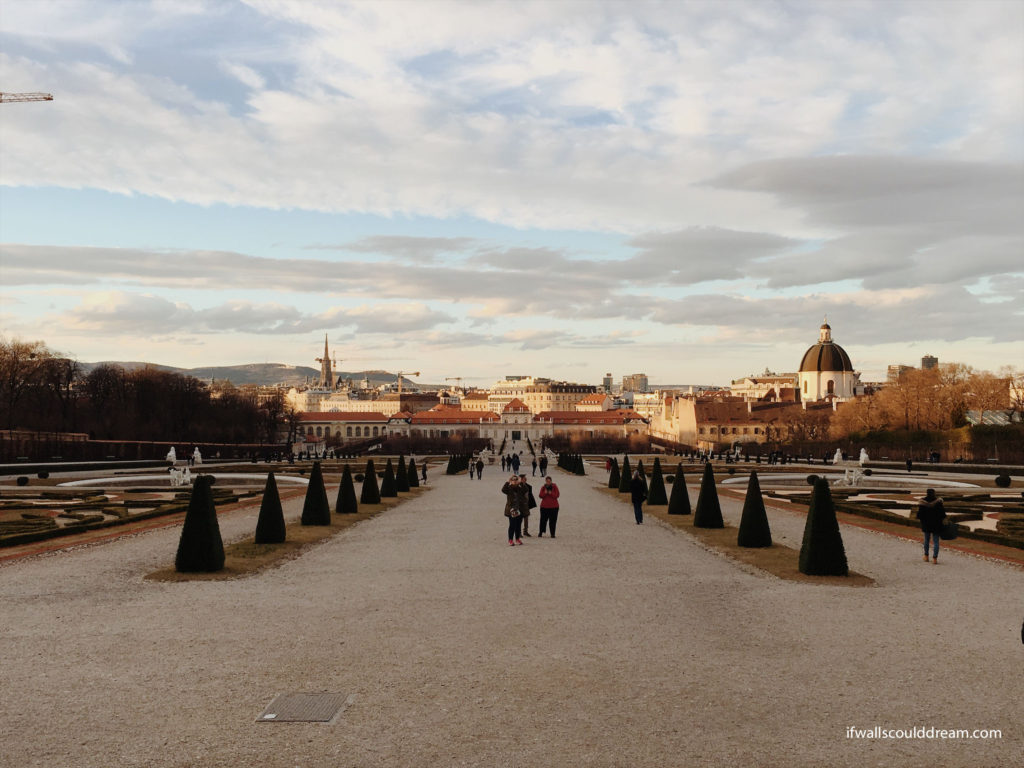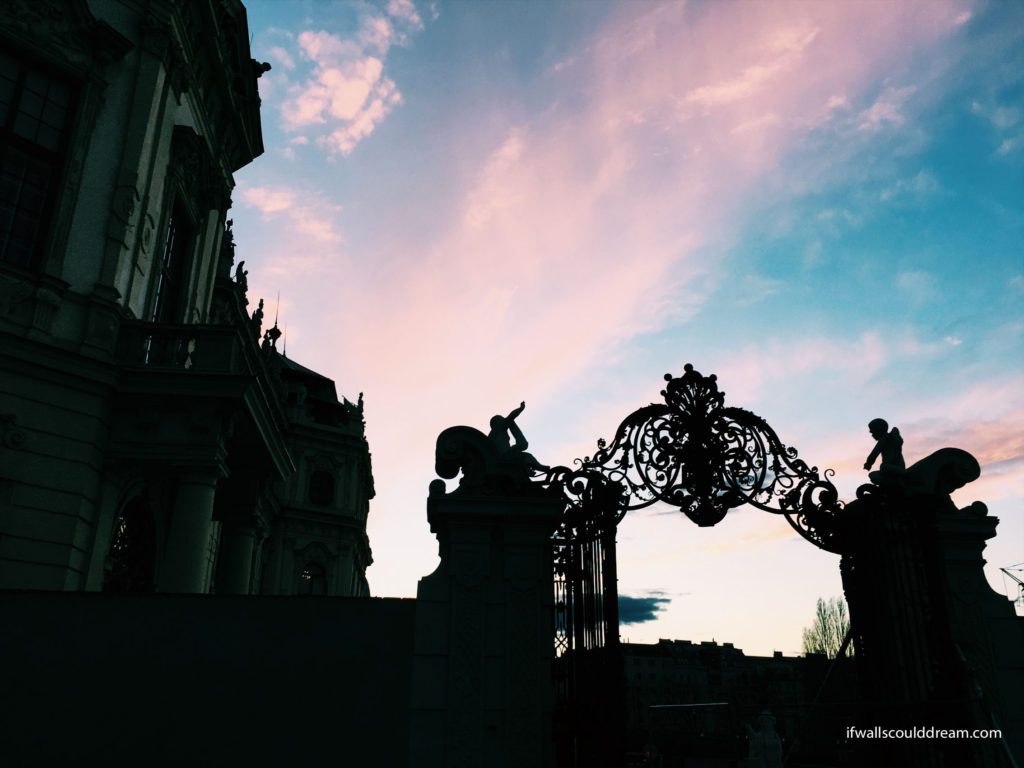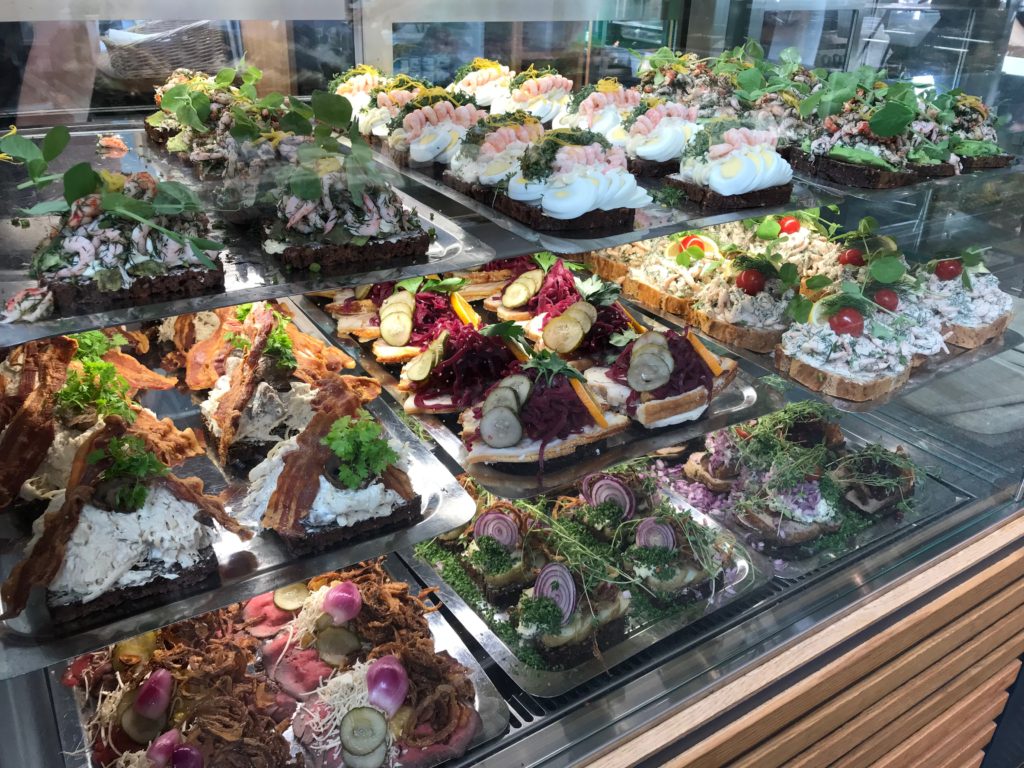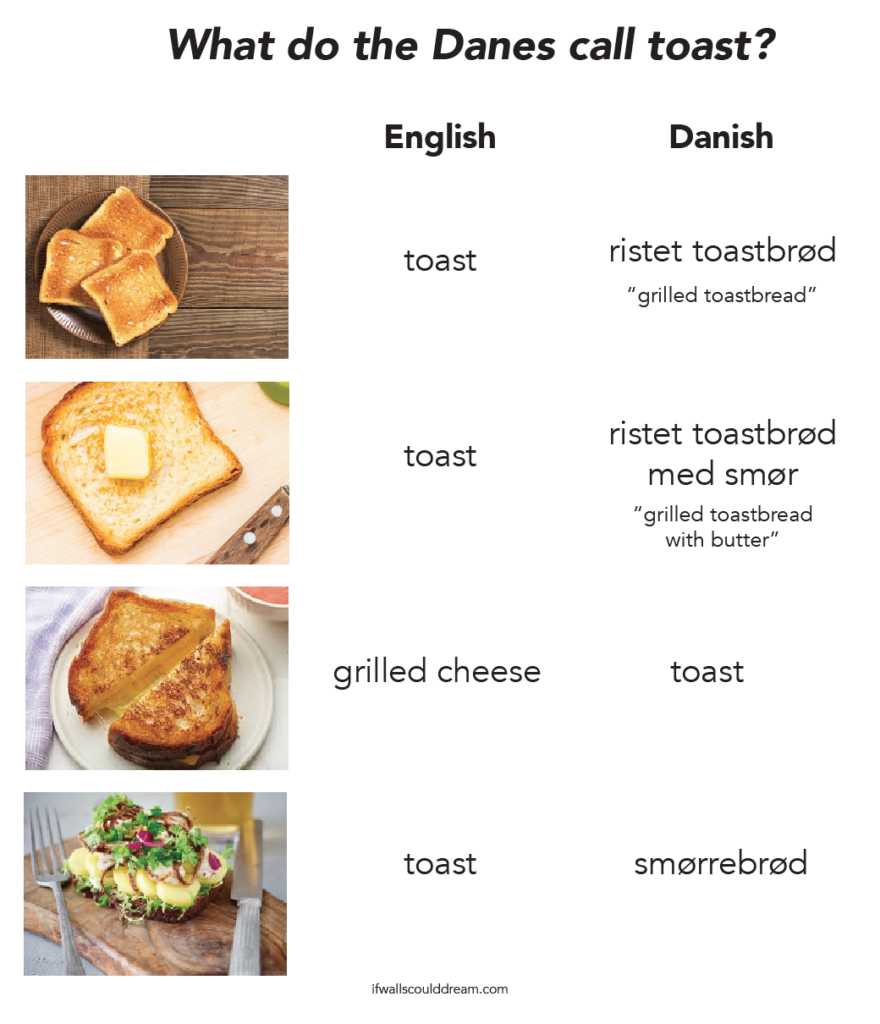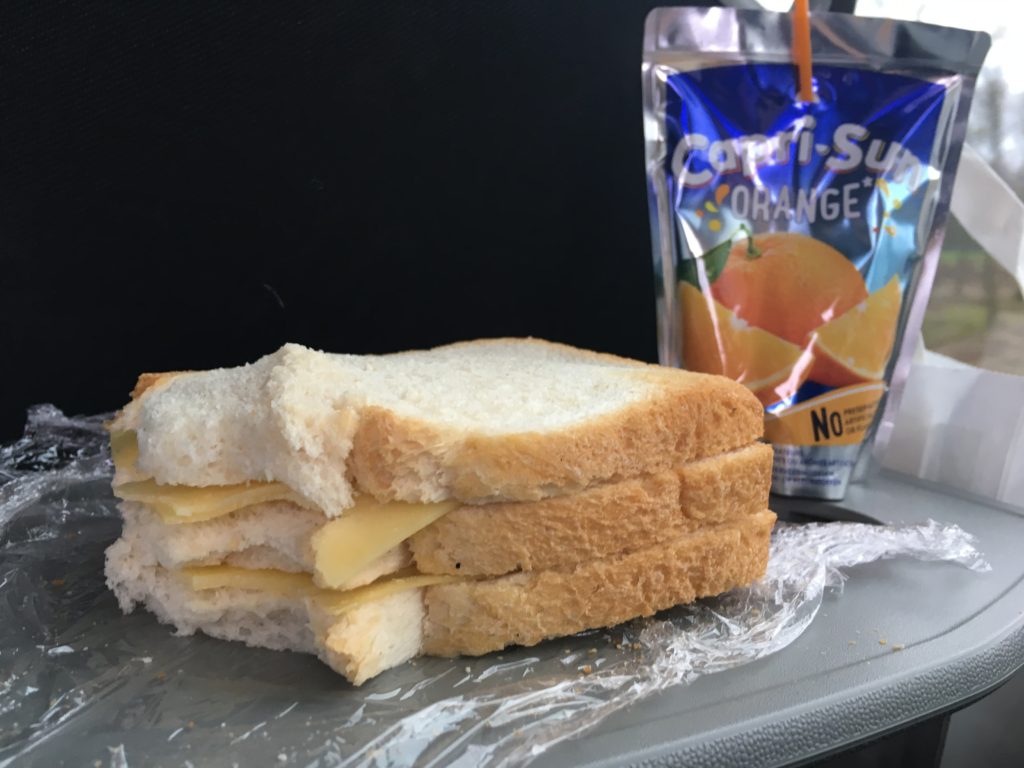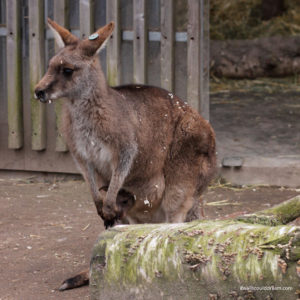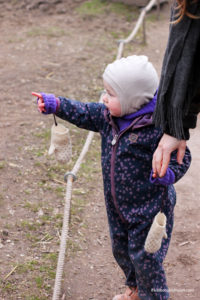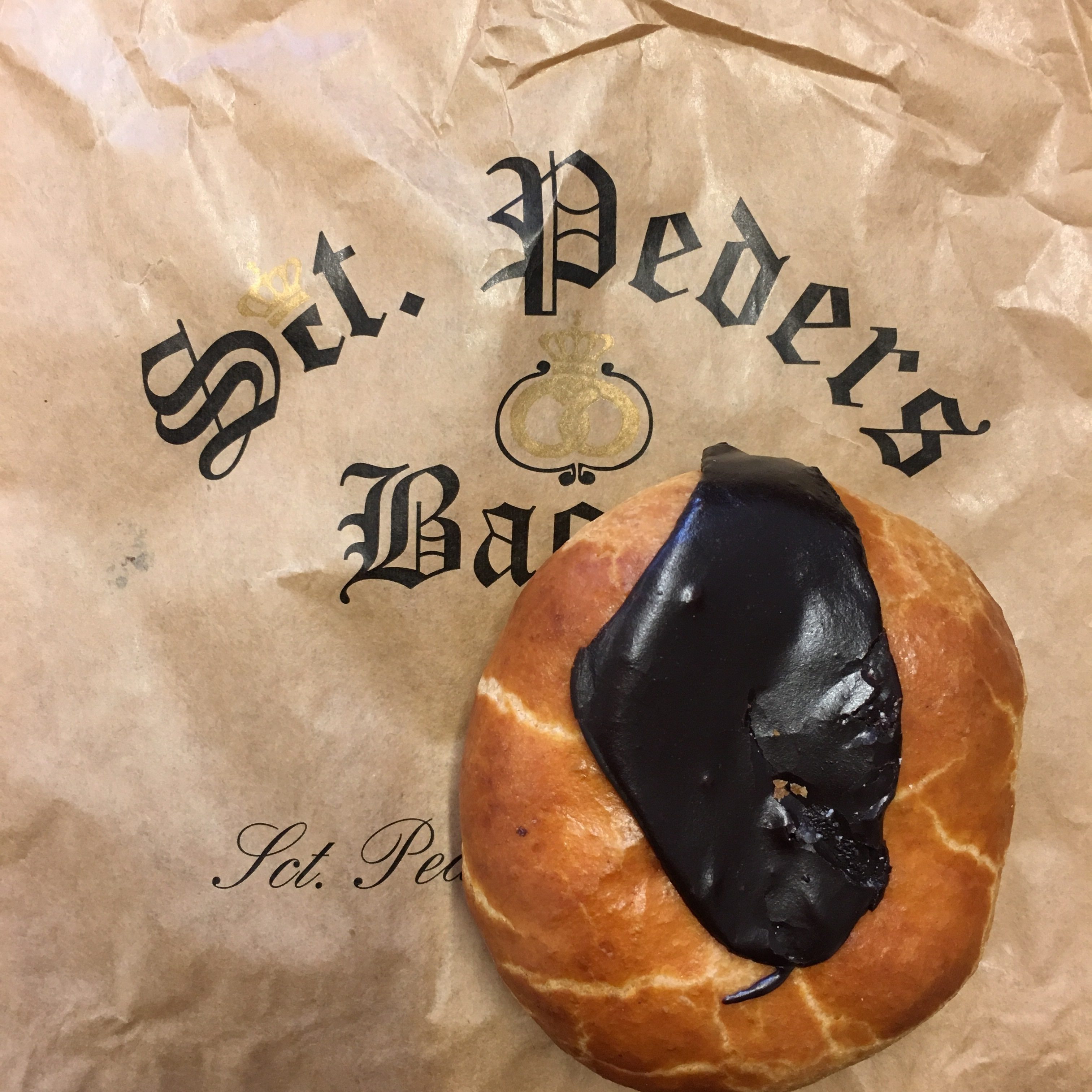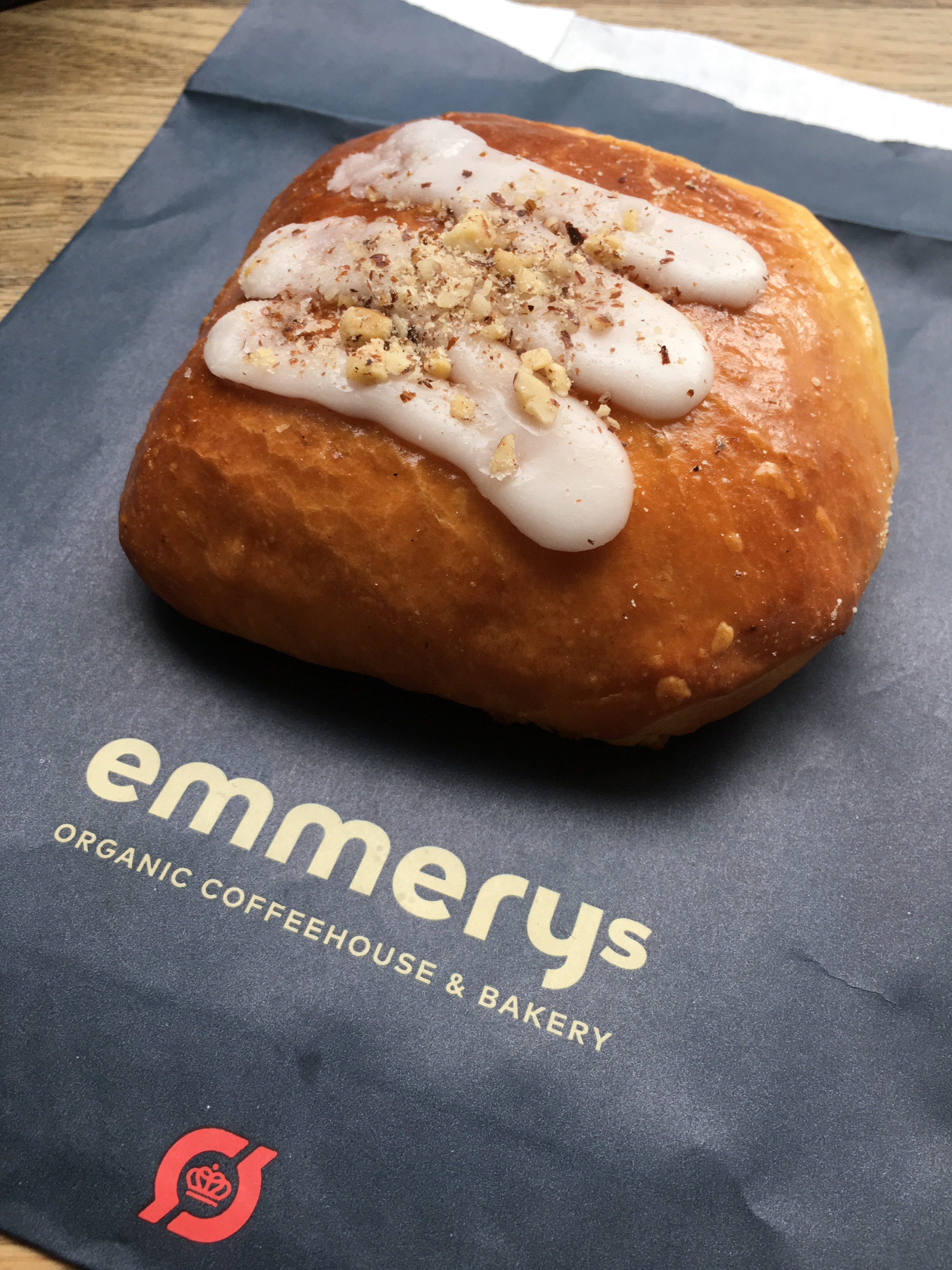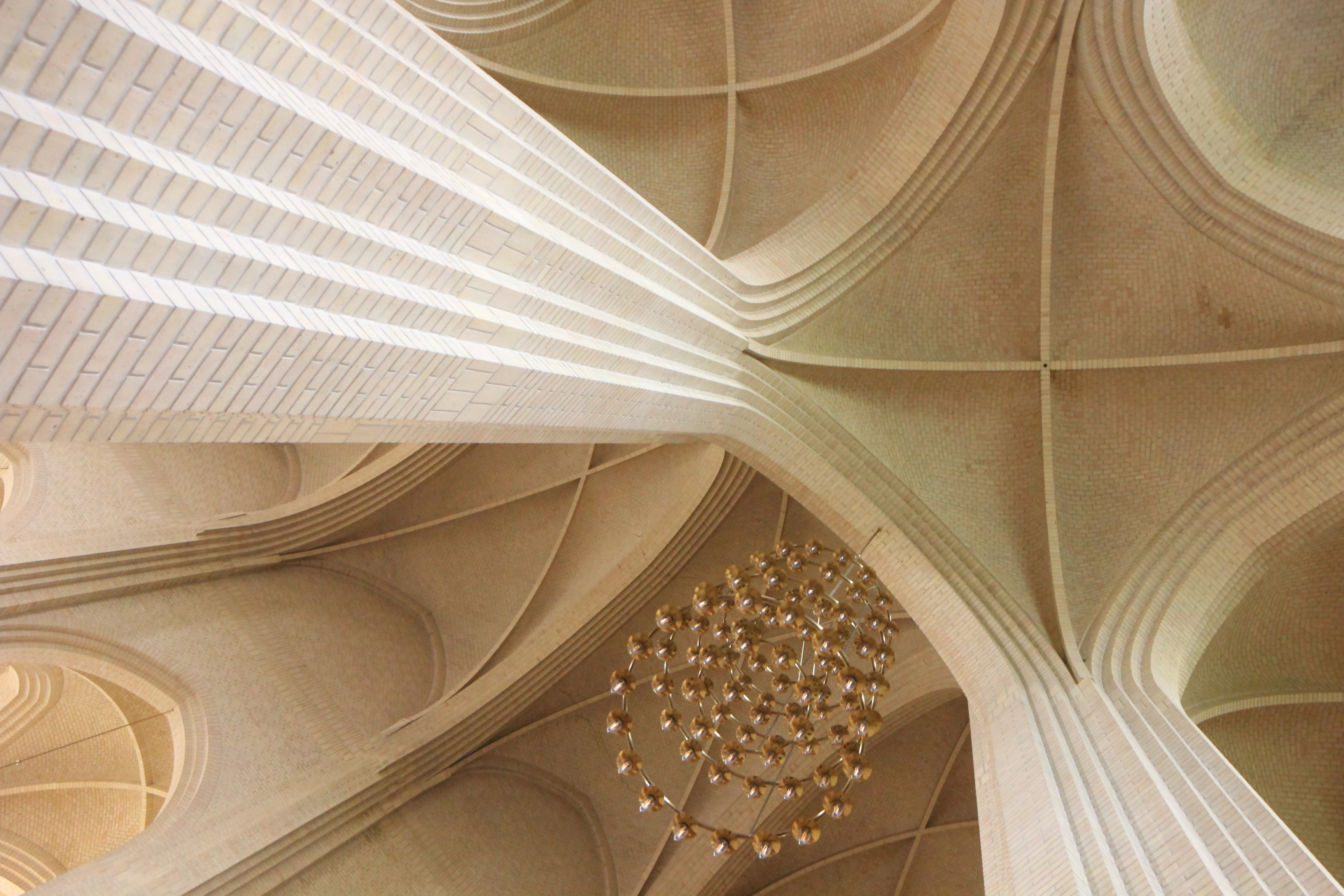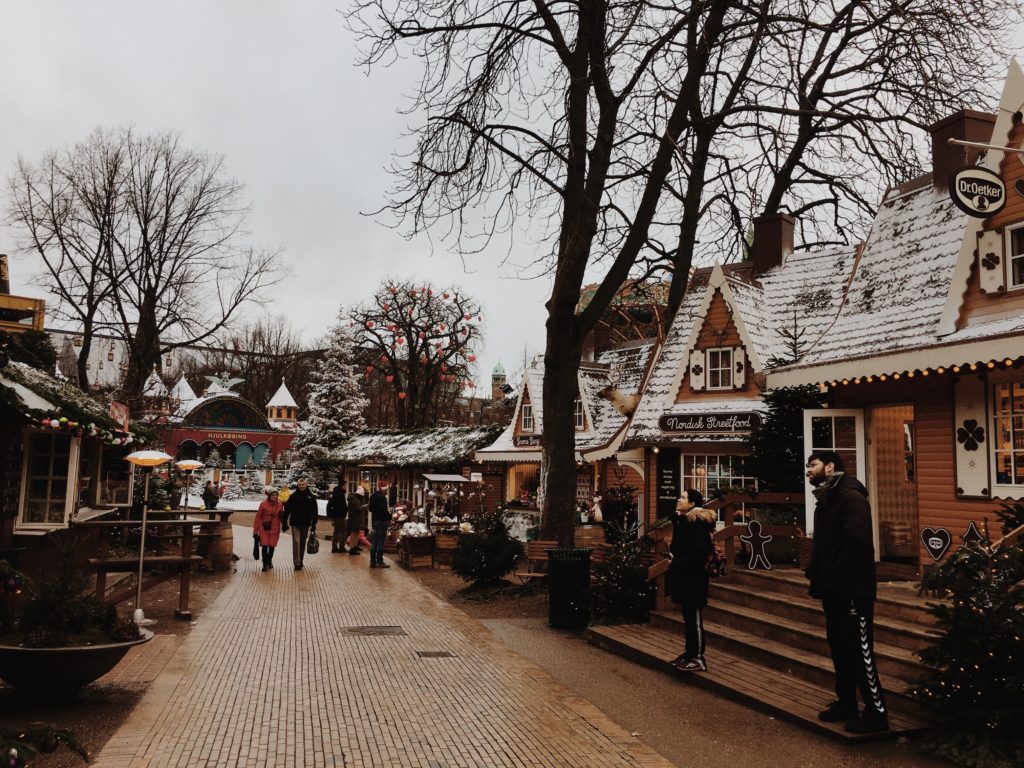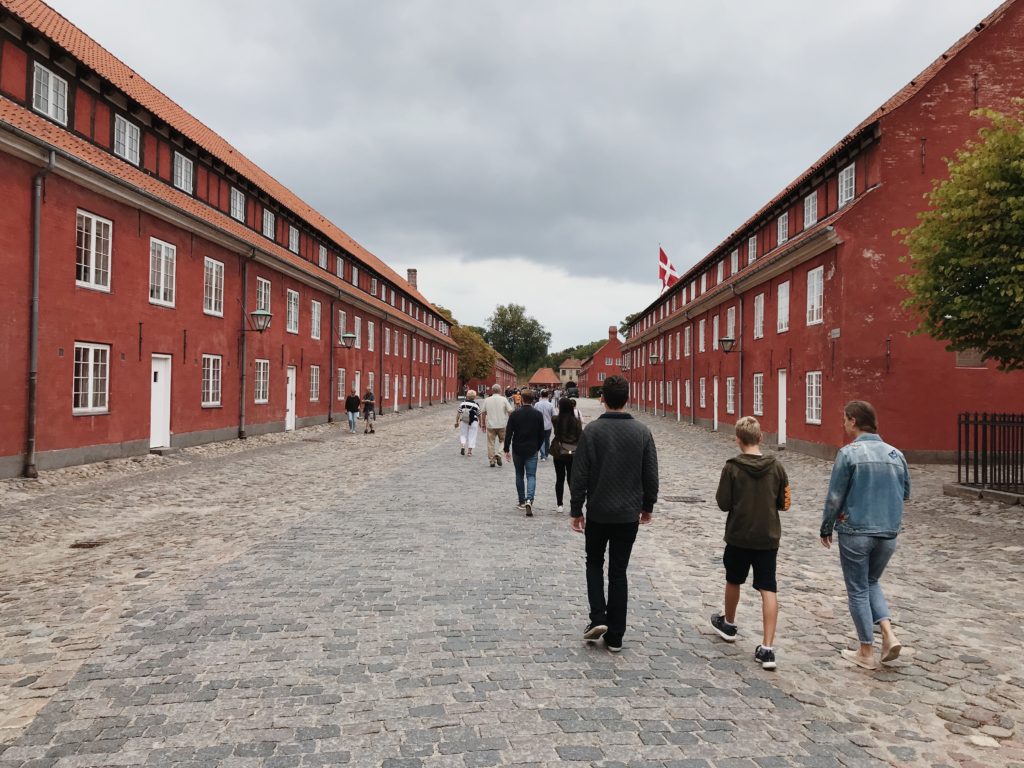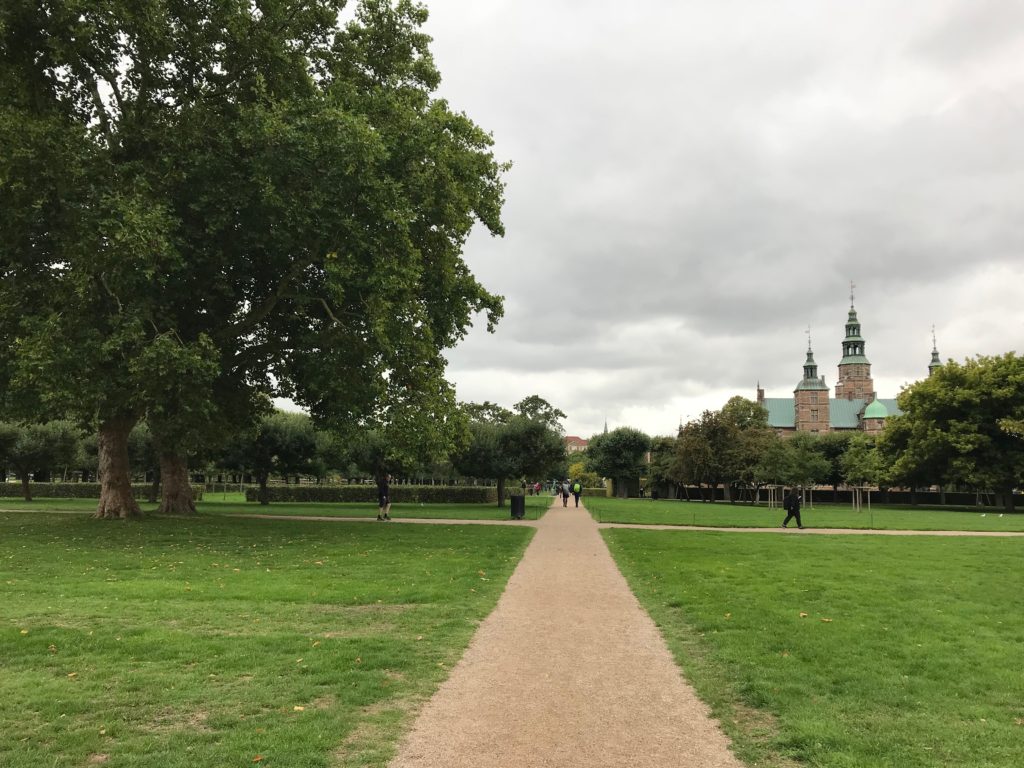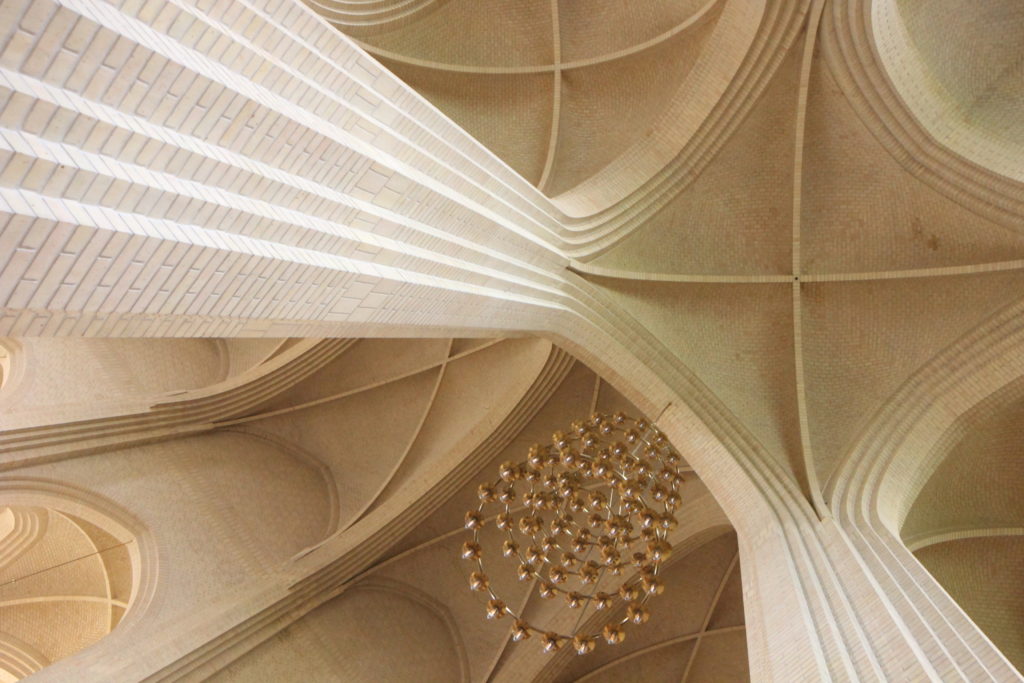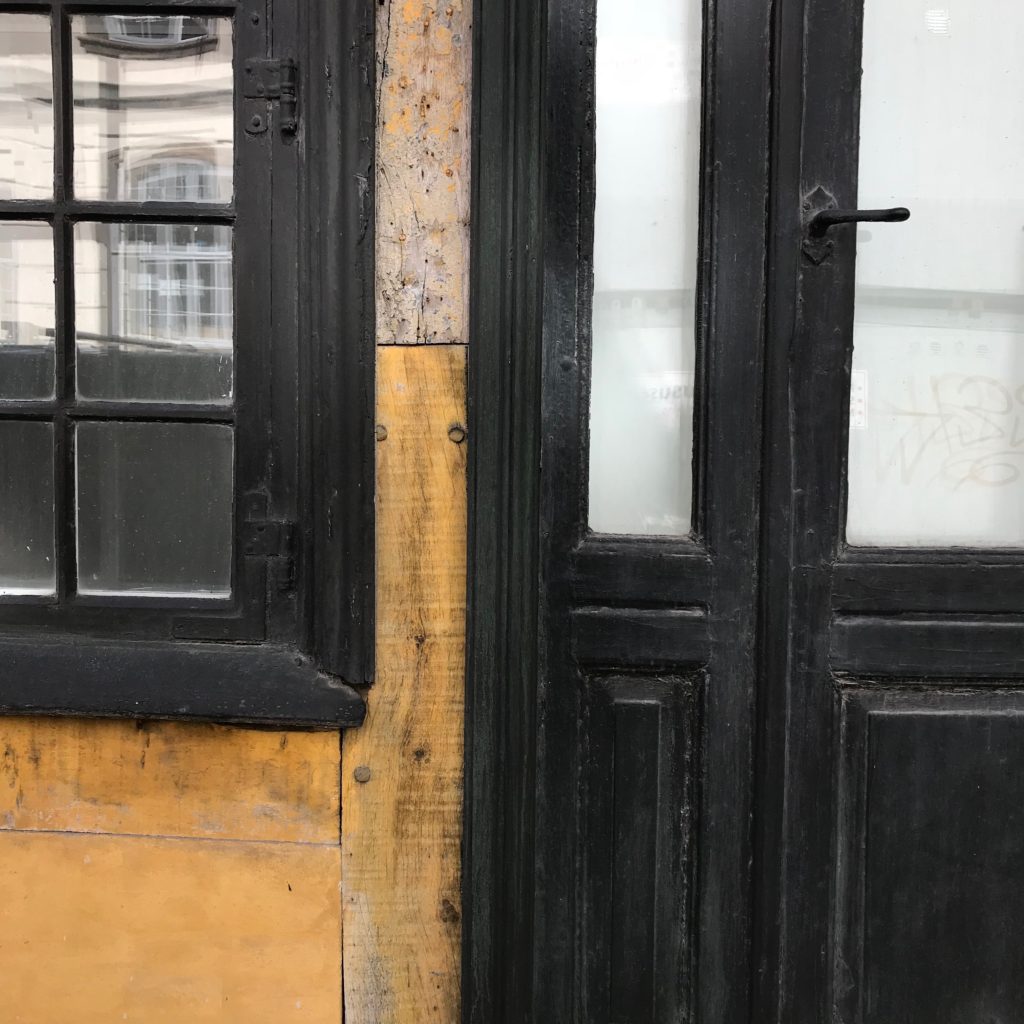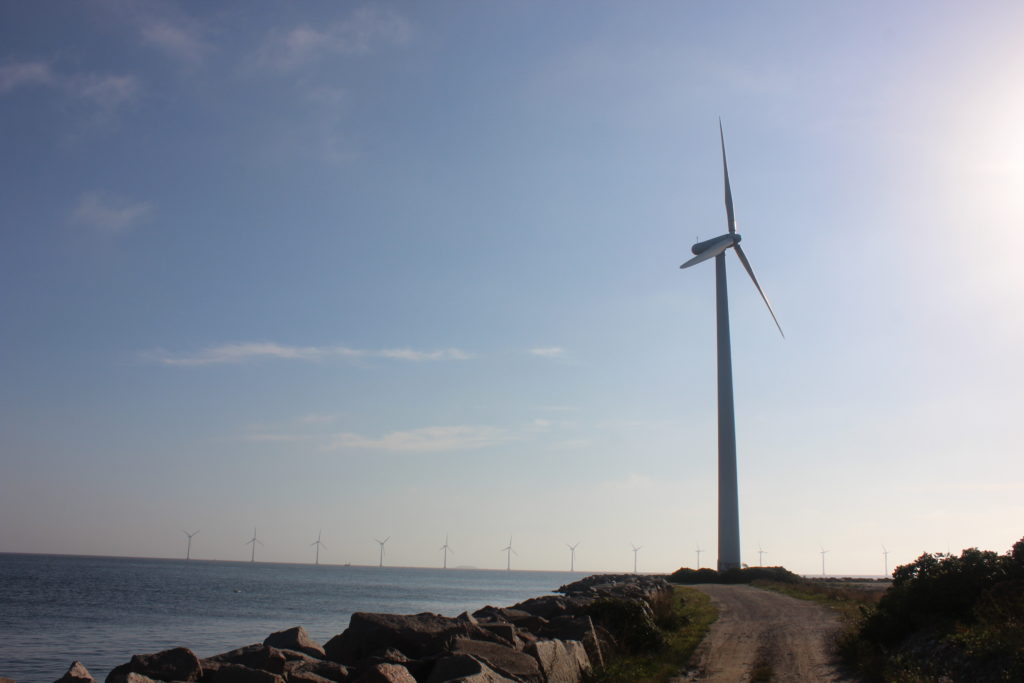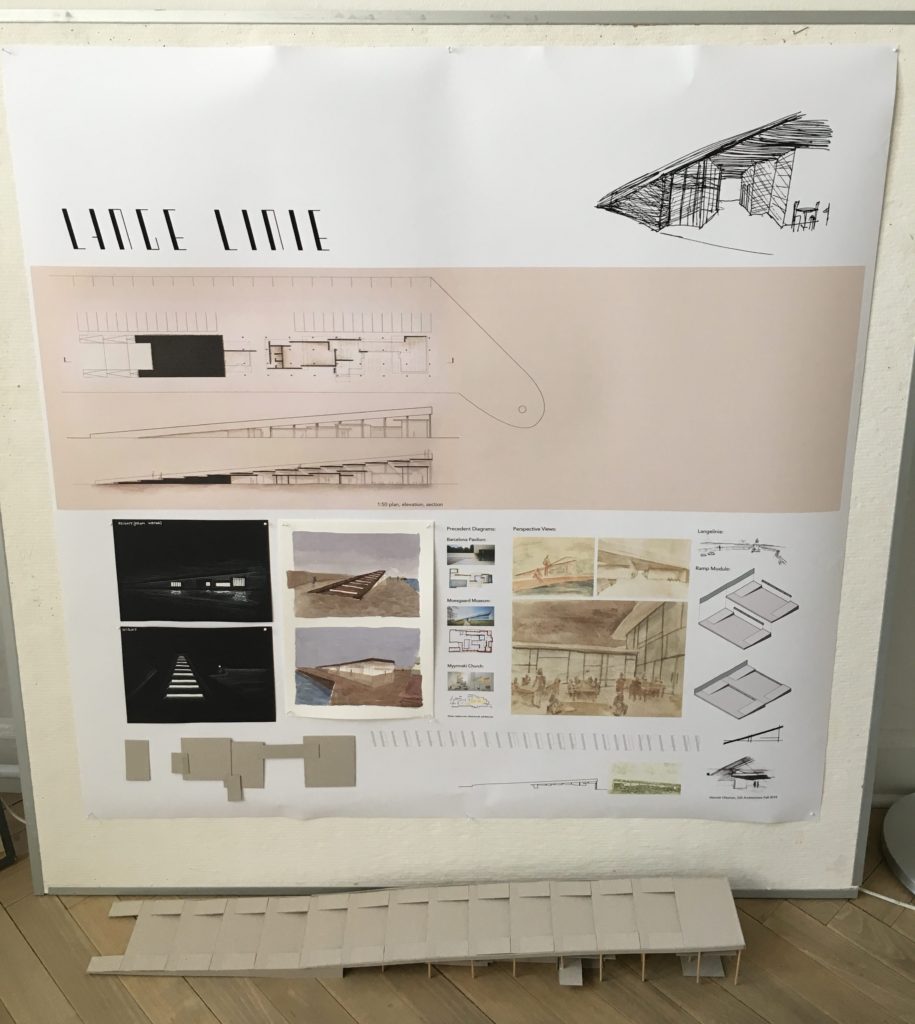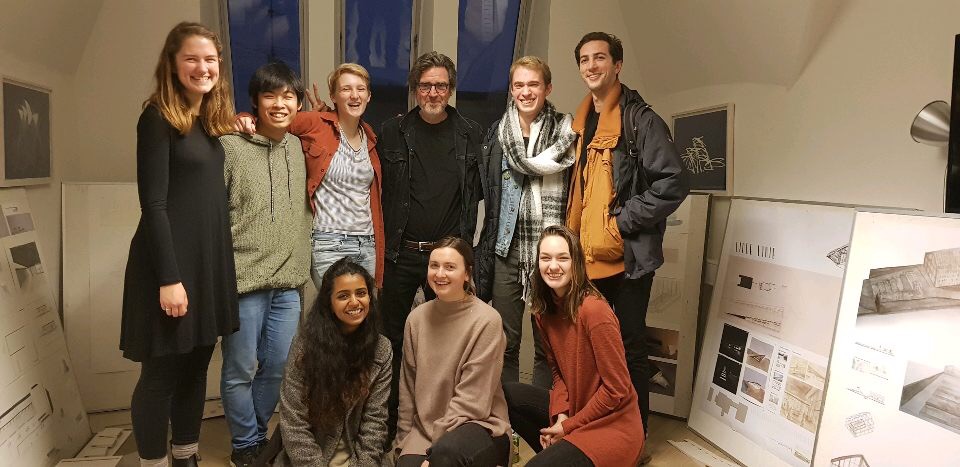How to Bike Like a Local in Copenhagen
Biking is an integral part of the Danish lifestyle and if you visit Copenhagen, you really should bike around to see the city. It’s also the fastest and easiest way to get around. Here’s a few things you should know to bike like a local (and not get run over!)
Renting a Bike
You can use an app like Donkey Republic or Bycyklen to rent an electric bike but if you want to look like a local, consider renting a bike from a local bike shop. They speak English and you can rent a bike for the day or for a whole year! You can also rent or buy a helmet there to stay safe!
Stopping
It’s obviously important to know how to stop before you start going. There’s two things to remember here:
1. The bike you rent might have different brakes than you are used to. I was used to hand brakes (and I didn’t even know there were other types of bike brakes!) before coming to Copenhagen, but both the bikes I’ve ridden here have backpedal brakes.
2. Signal before you stop by raising your hand. (To really fit in with the Danes, raise it like you’re asking a question in school, but you want to be cool, so you raise it just enough for the teacher to see you but not so much that the other kids think you’re a nerd. Around shoulder height will do.)
Making a Right Turn
Right turns are super easy! Just signal with your right hand, yield to pedestrians, and go!
Making a Left Turn
Left turns are a little trickier. You have two options:
1. If the light is green: cross the street, signal that you’re stopping by raising your hand like you’re asking a question and stop at the opposite corner. Pivot your bike to the left and wait for the light to switch, then proceed.
2. If the light is red: you can be sneaky and hop off your bike, walk it across the crosswalk to your left and then wait for the light to switch and walk it across the crosswalk again and then jump on and go.
Where’s the Bike Lane?!
Usually the bike lane is between the car lane and the sidewalk which makes sense and it usually has bikes painted on it. However, it can get a little tricky out in the suburbs because sometimes both directions of bike lane are on one side of the road, it’s like a mini bike road next to the car road. Anyways, it’s really not that hard to figure out, just a fun little quirk I wanted to point out. Also, the smaller streets don’t have designated bike lanes and it feels so strange after biking in bike lanes for so long to bike just in the street!
Bringing Your Bike on the Train
It’s super nice that it’s free to bring your bike on the s-train. (For the metro you can buy a cheap bike ticket on your phone and bring it on during non-rush hour times. I don’t think you can bring your bike on the bus but I’ve never tried it.) On the s-train there’s a special car with bike racks, just wait at the station by the bike painted on the ground (or by the handicap dots) because that’s where the bike car will be when the train stops. On longer trains, there are specific bike entry and exit doors to ease traffic flow.
Locking Your Bike
One last note about bikes in Copenhagen, they usually just have a lock on the back wheel. Danes are so trusting and Copenhagen is so safe that you don’t have to chain your bike to something when you park it, you just lock the back wheel and no one will steal it! That being said, bike theft is the largest crime in Copenhagen and I would advise against leaving your bike in the city center overnight if you can help it and never ever leave it unlocked!
Happy biking!
If walls could dream… they’d dream of biking around Copenhagen.

